Devotion – Part 3: Cambodia
Chapter 3: Angkor Wat and Banteay Srei
Angkor Wat was built in the 12th century by the Khmer King Suravarman II to be a Hindu temple. It is the largest monument in the archeological park, covering more than 400 square acres. It is said to be the largest religious monument in the world. Originally dedicated to the Hindu god Vishnu, Angkor Wat became a Buddhist temple by the end of the 12th century. The temple is well preserved and the only remaining significant religious foundation at the site. An image of Angkor Wat is on Cambodia’s national flag.
“Angkor eventually met its downfall. Scientists have different theories about the cause, one being the continuous plundering by the kingdom of Ayutthaya, which is now known as [part of] Thailand. Halfway through the 15th century, the situation had become too dangerous and the population moved to the area around the current Phnom-Penh. Angkor fell into oblivion, just a few monks remained and gradually nature conquered the area again; the temples slowly became overgrown by the jungle.
Another theory is that the city fell victim to overcrowding, which caused the food supply to run out. Agriculture could not keep up with the rapid increase of mouths to feed, so many people moved away and the city eventually lost its status.
Despite the many stories about Angkor that reached the West, it wasn’t until 1900 that an expedition led by French naturalist Henri Mouhot stumbled onto the complex, while he was searching for unknown animals. Subsequently, archeologists worked for decades to research its significance.” – AmazingPlaces.com
Angkor Wat has a giant footprint with a moat surrounding it. The first photo, taken from an airplane by Charles J. Sharp, shows you what I mean. In the third photo you can make out people walking under cover along a wall. Starting with the fourth photo you are at that wall.
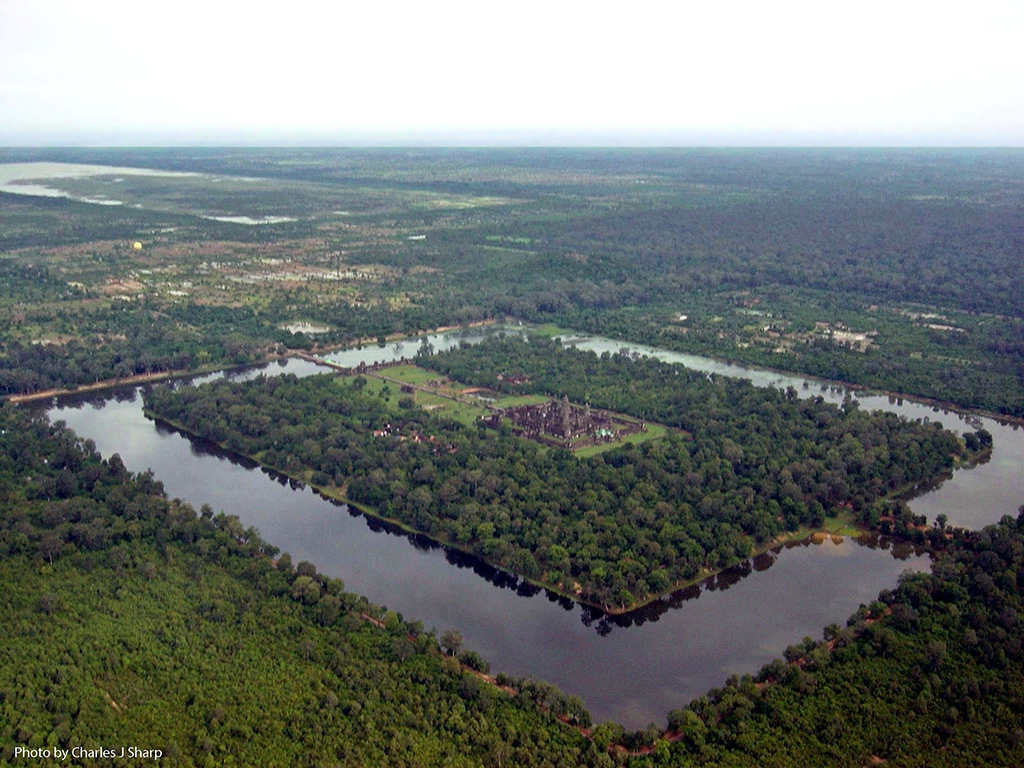
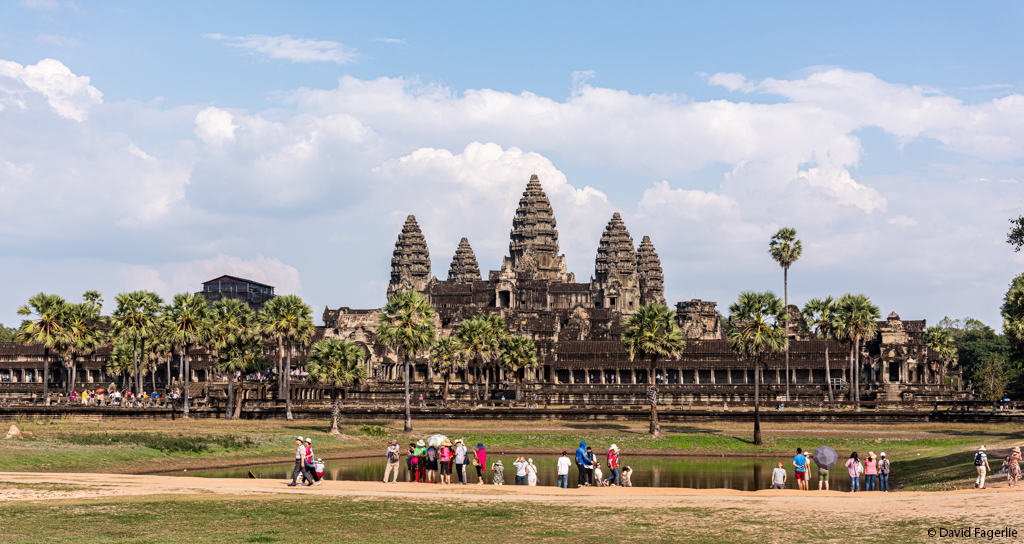

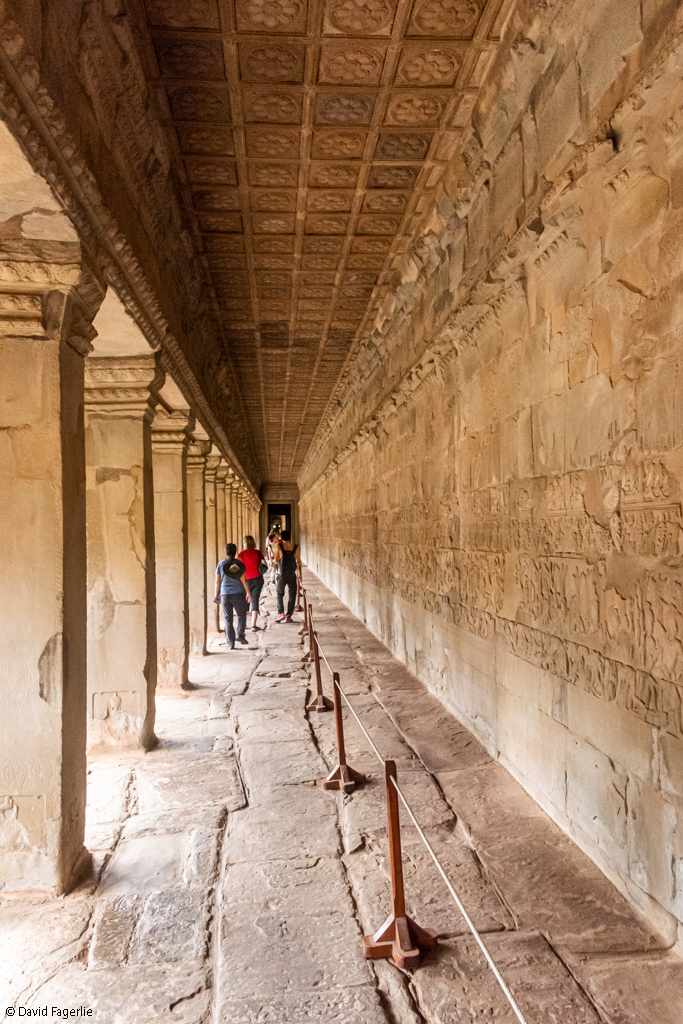
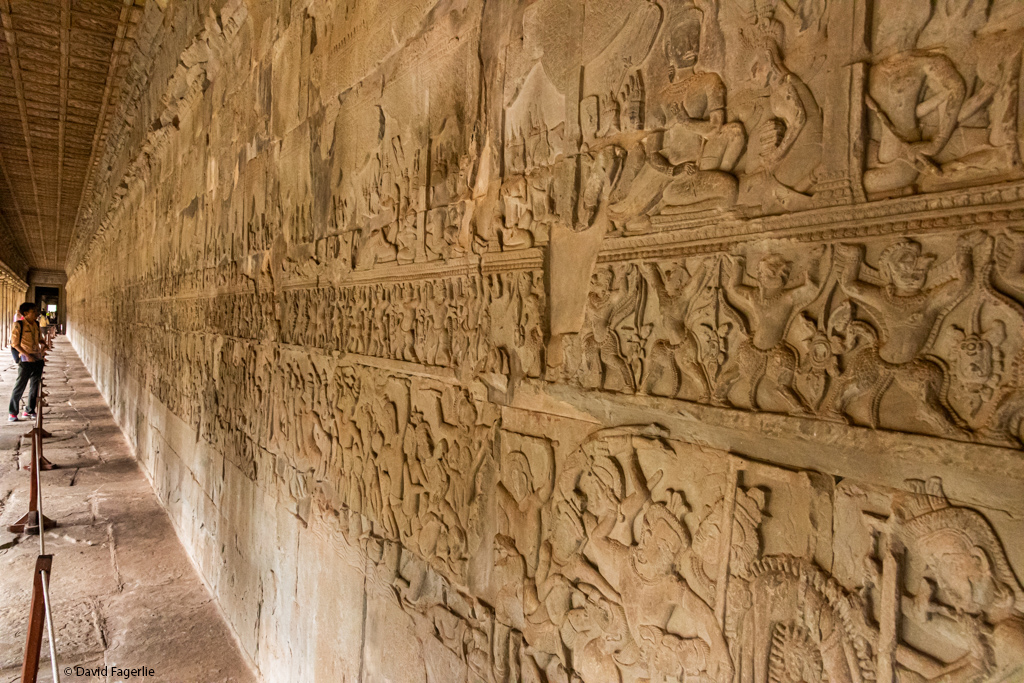
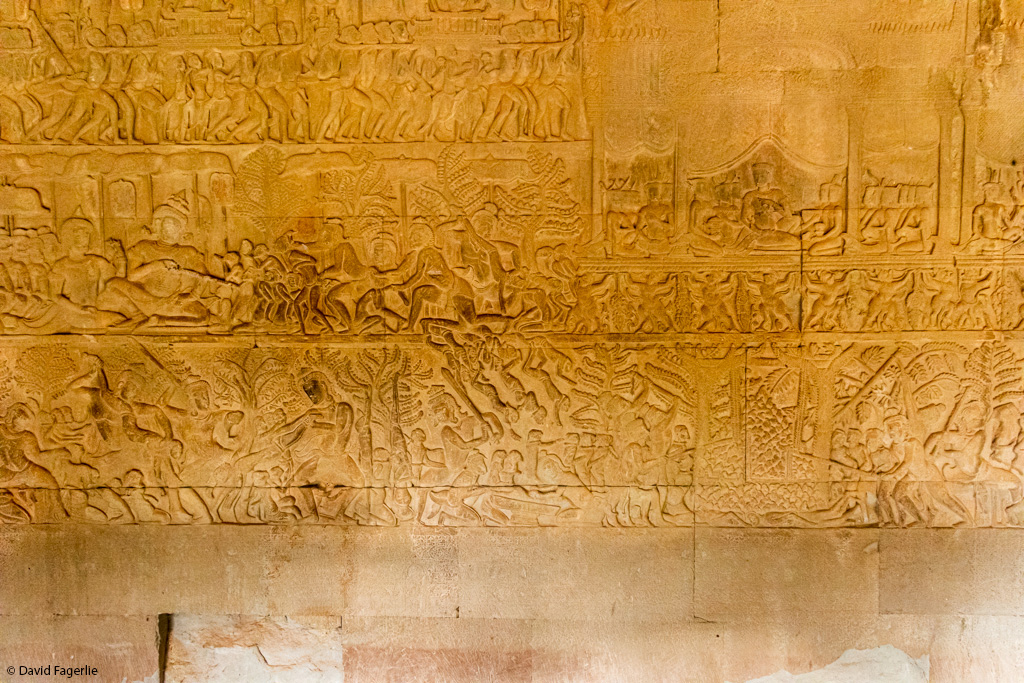
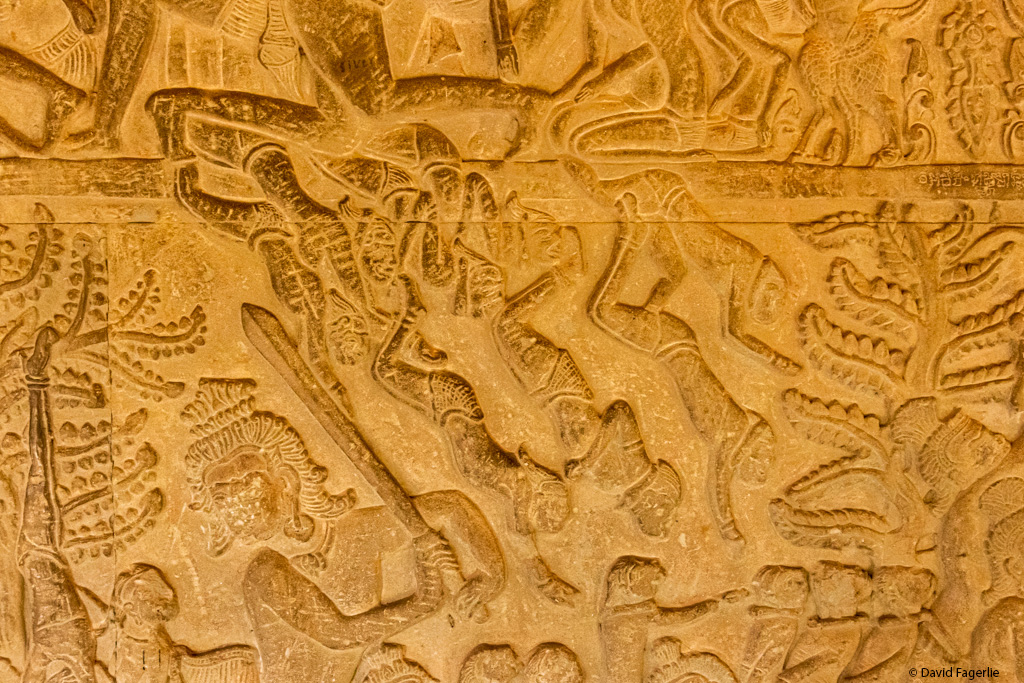
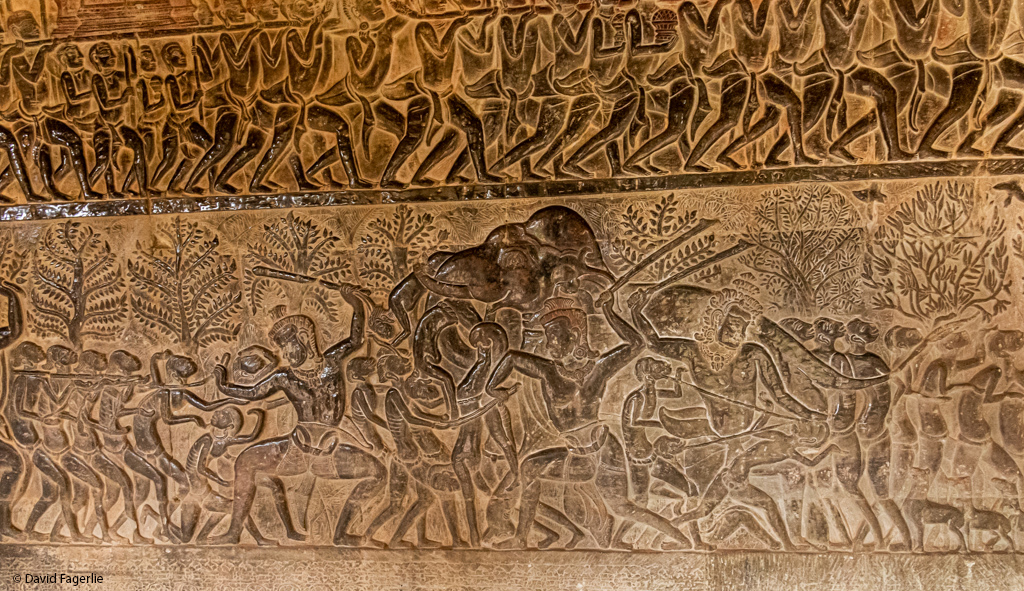

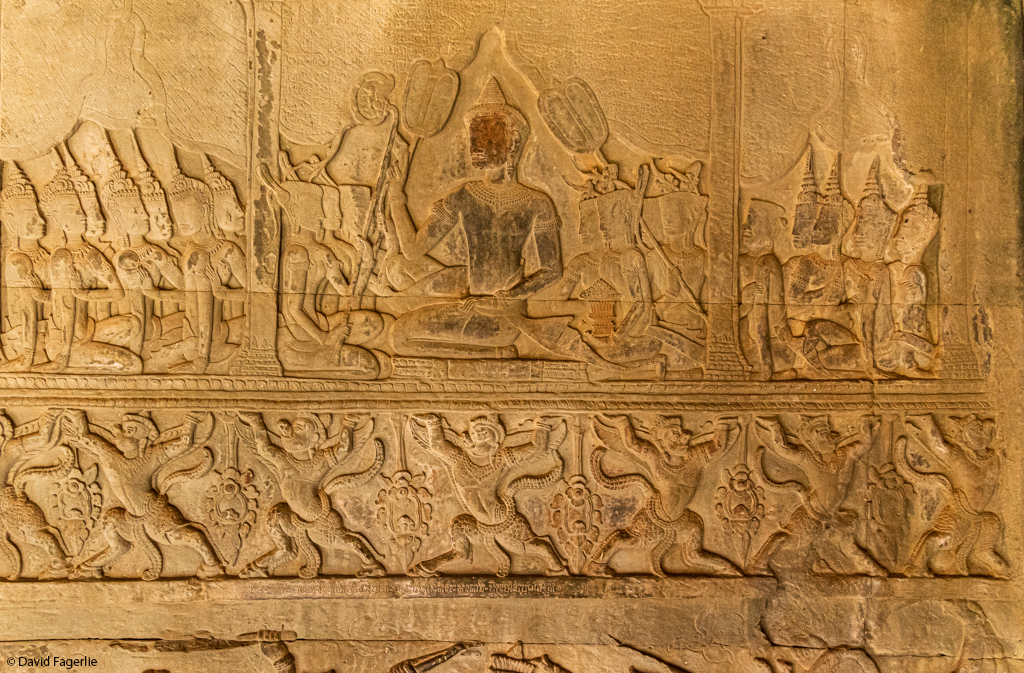
The following photos are along an outside wall of the temple building, that is still inside the compound, with views of stairways to the upper levels.
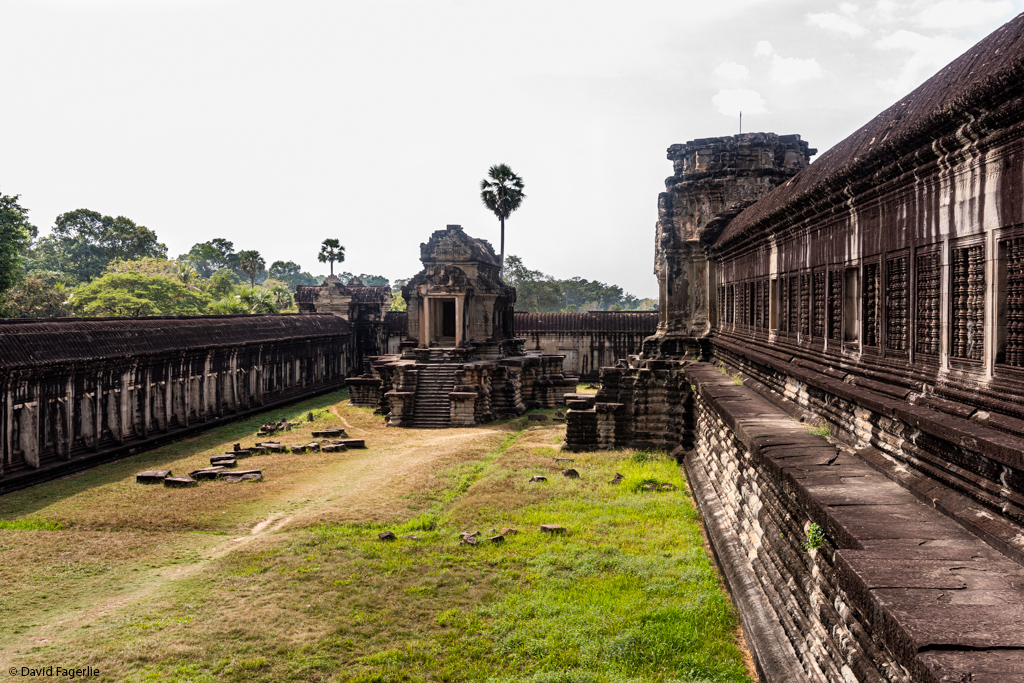
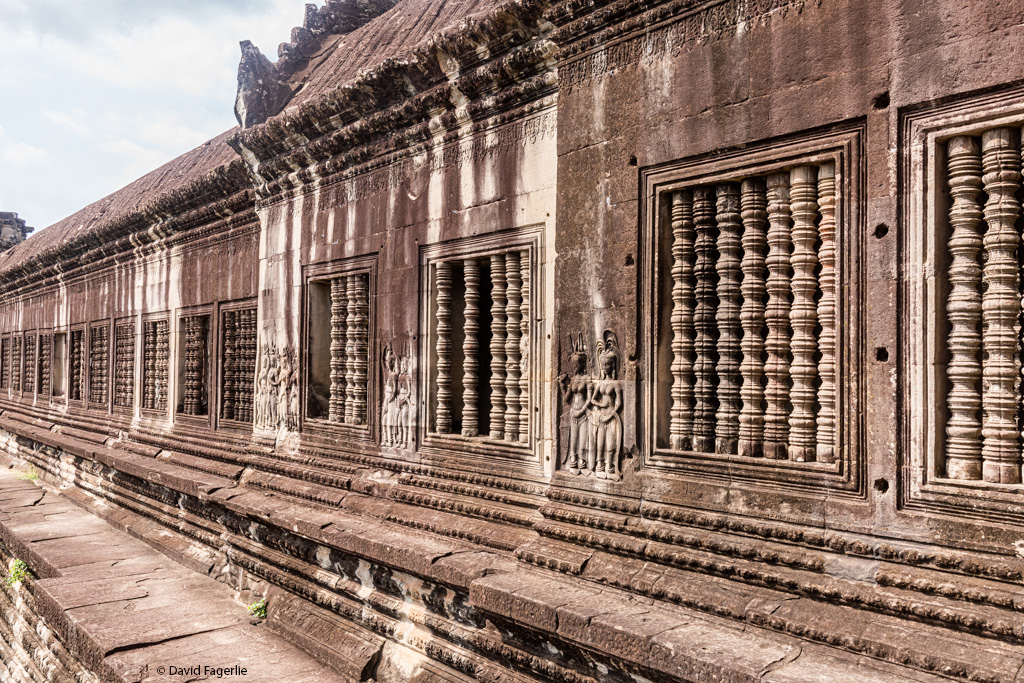
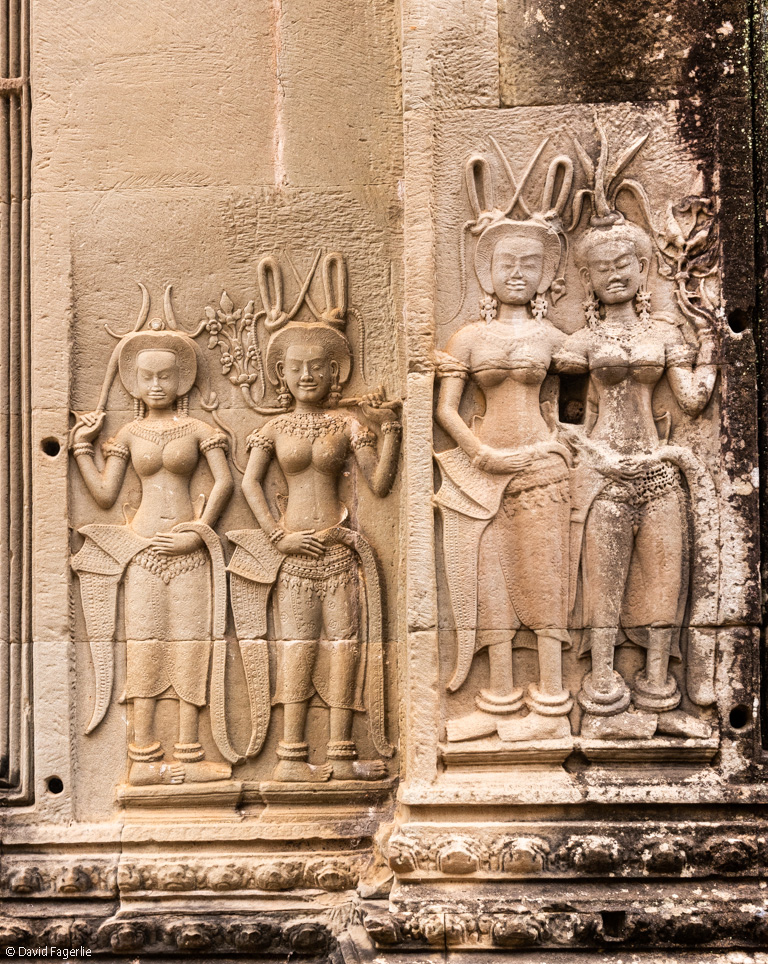
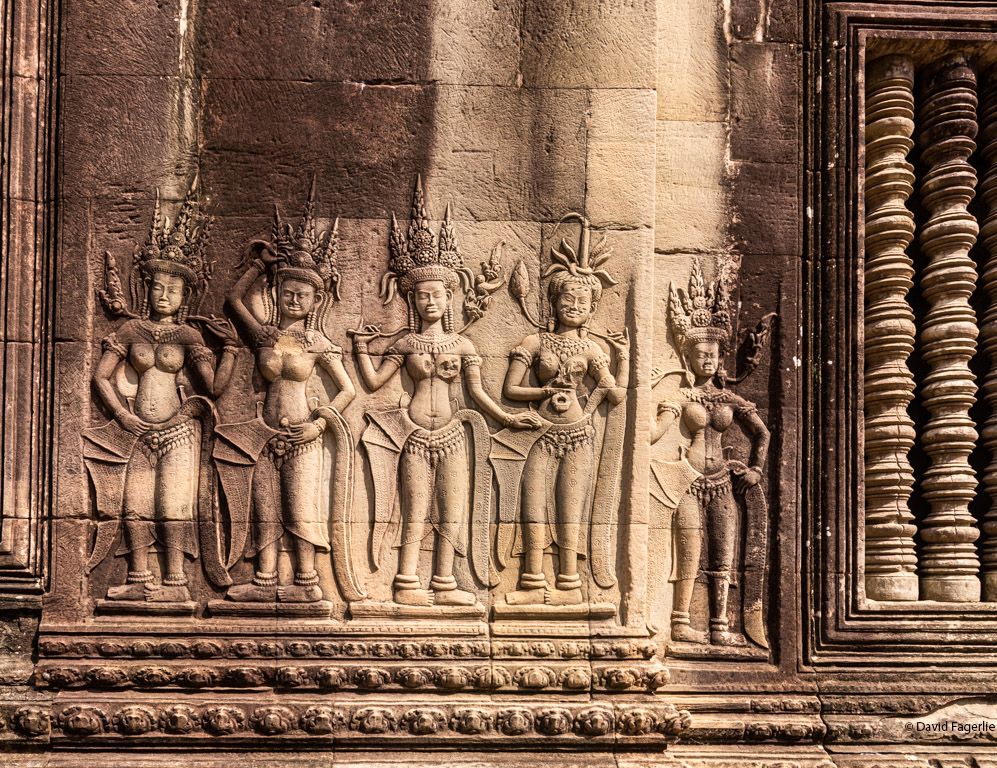

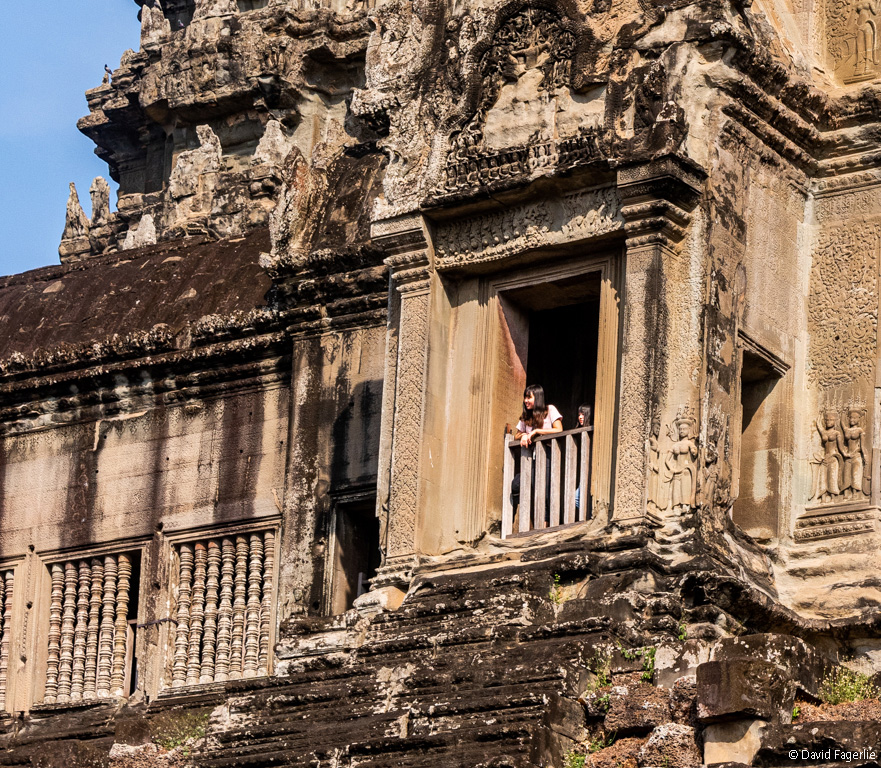
To get to the upper levels officials handed out numbered cards at the bottom of the up stairway and collected them at the base of the down stairway. Only as many people as there are cards could be on the upper levels. It was a simple yet effective way to keep the number of people inside the upper levels to a reasonable number. Angkor Wat was a spectacular place to be … and a great place for a wedding photo.
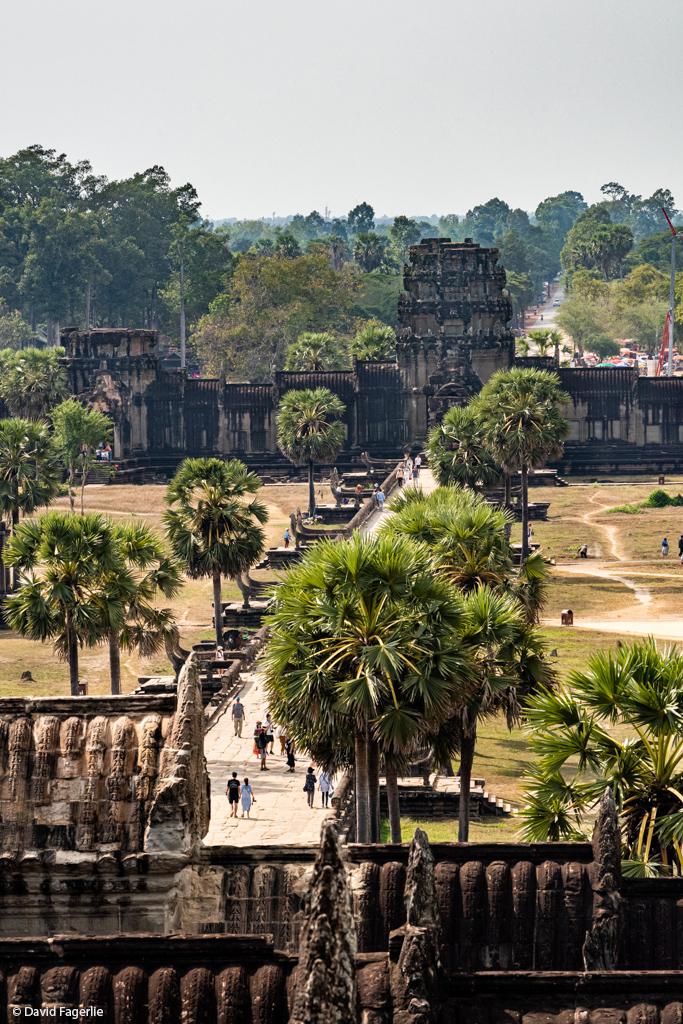
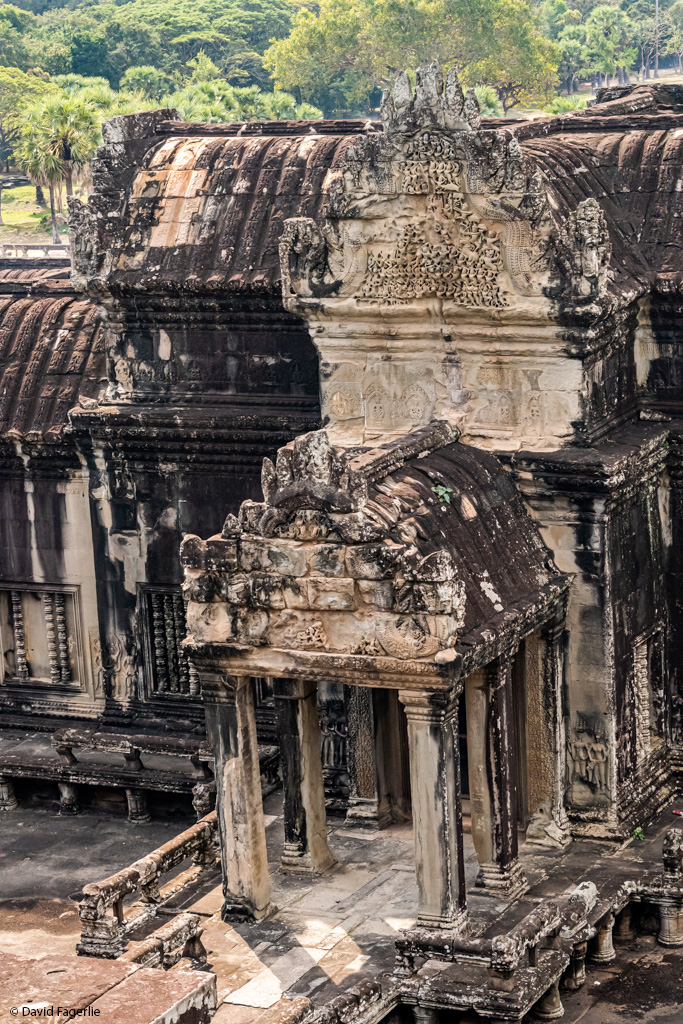
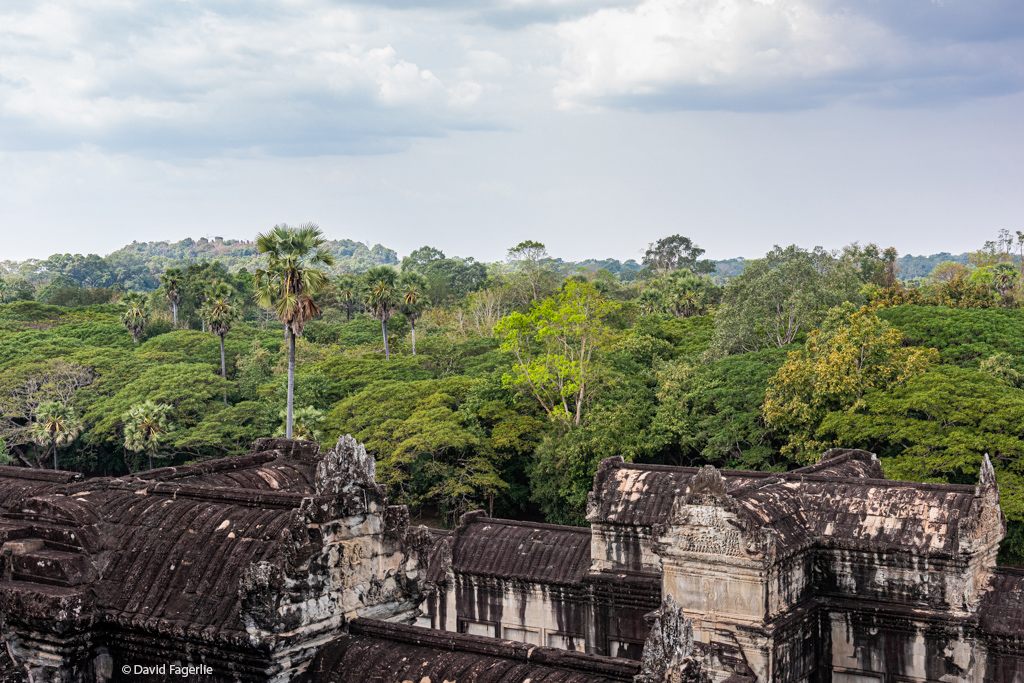
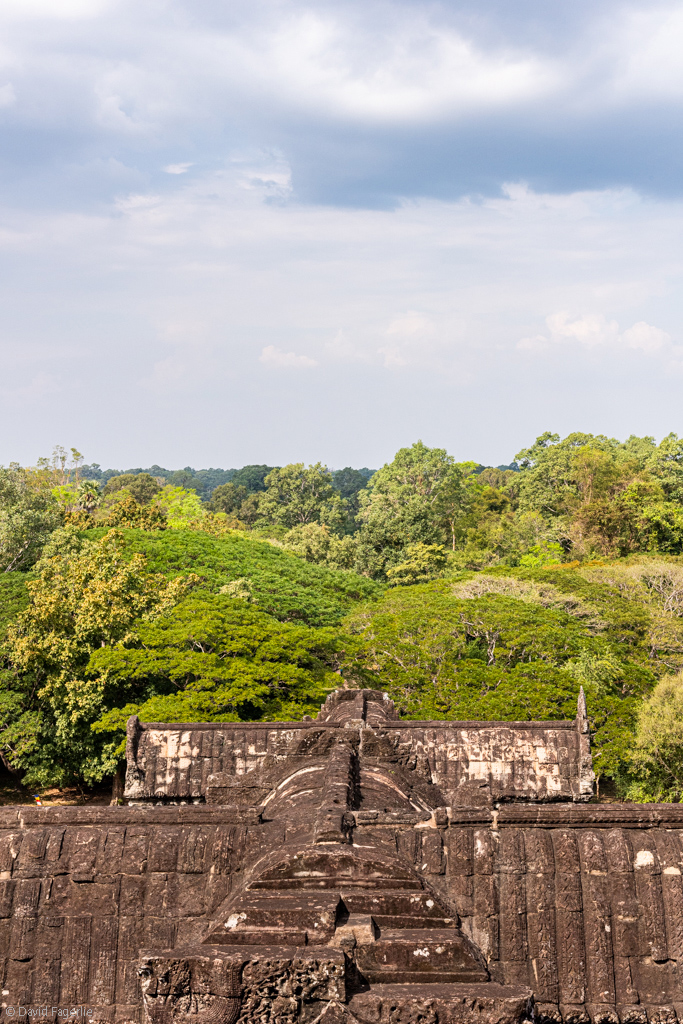
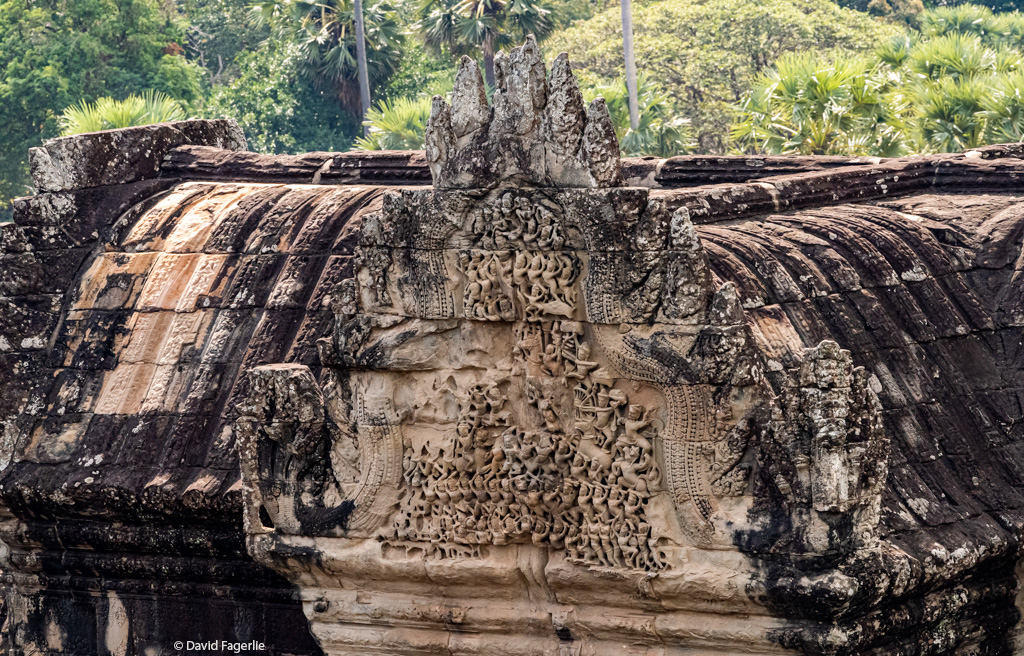
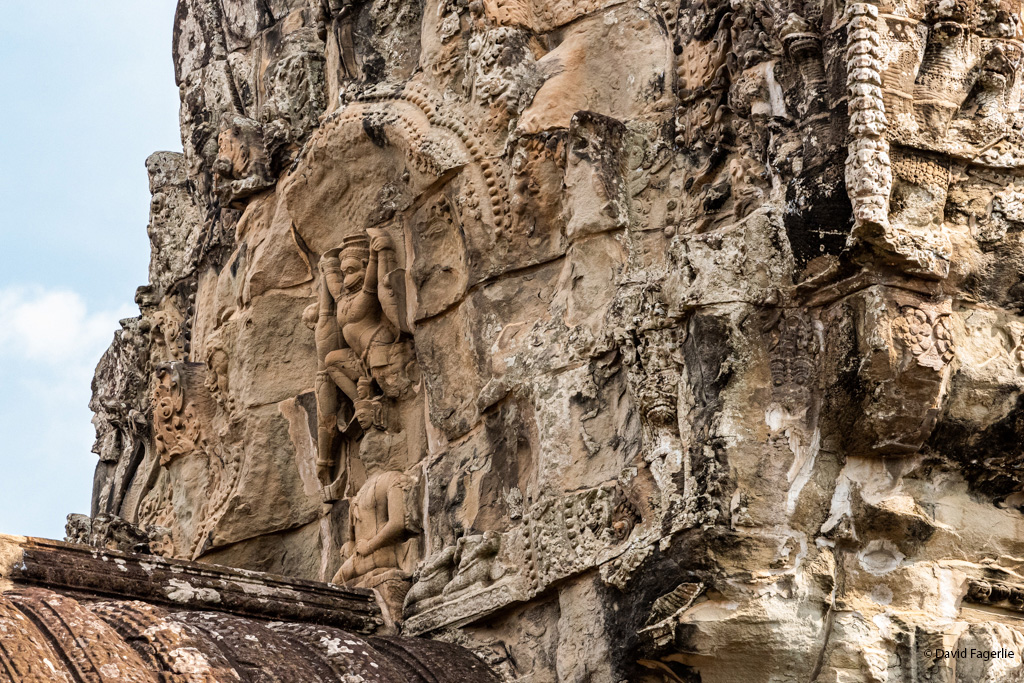
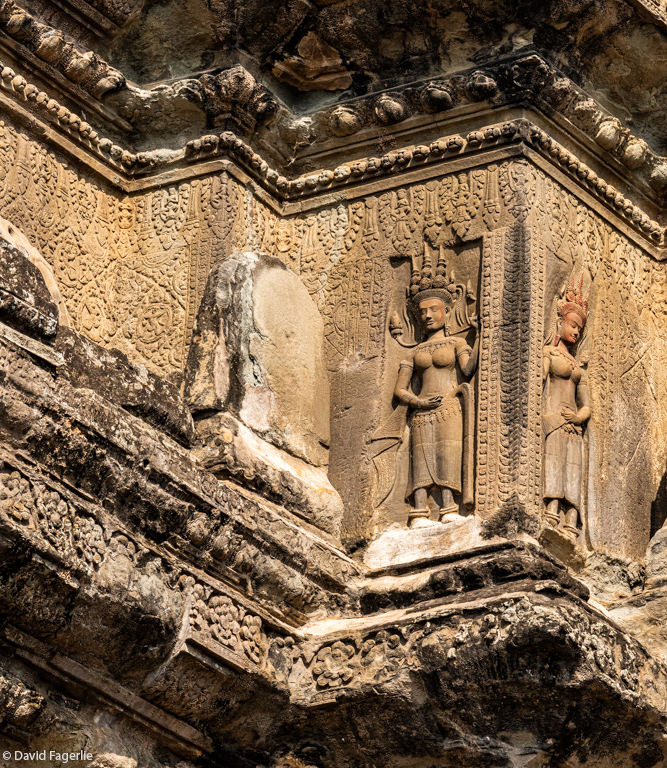

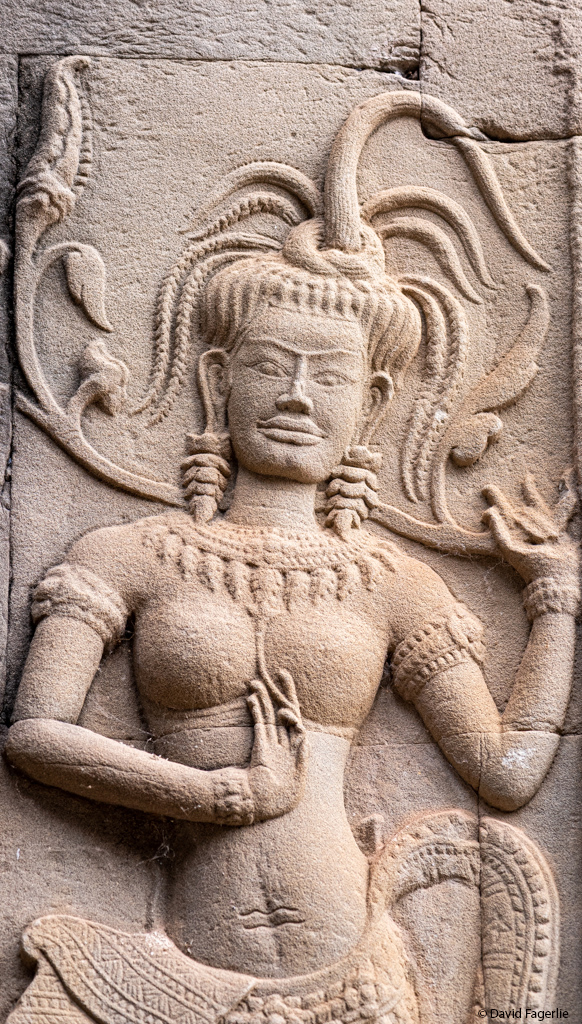
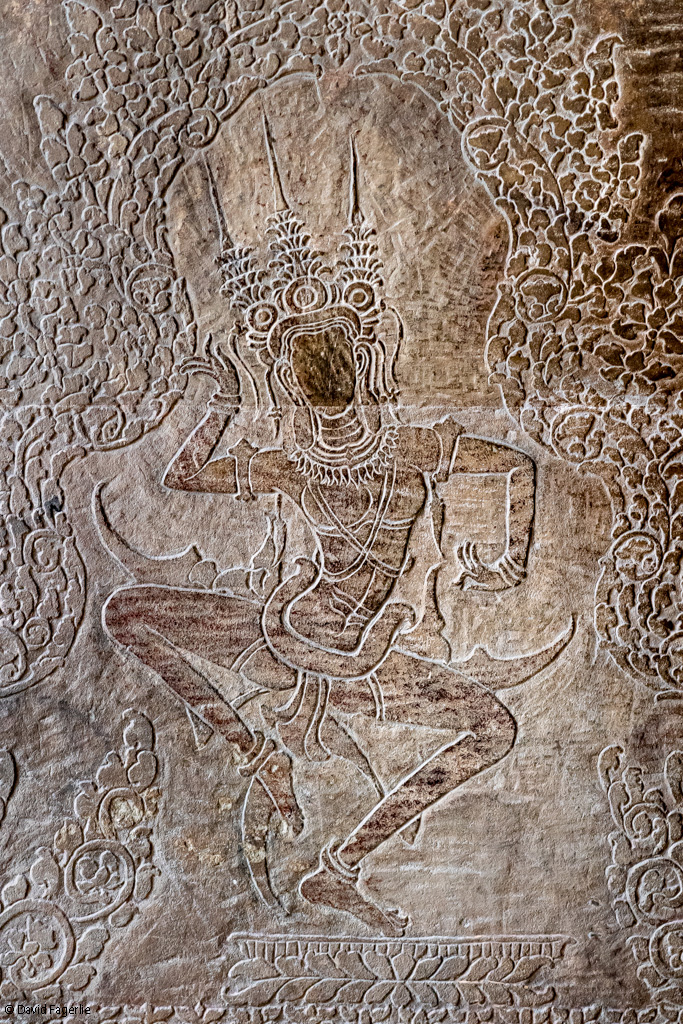

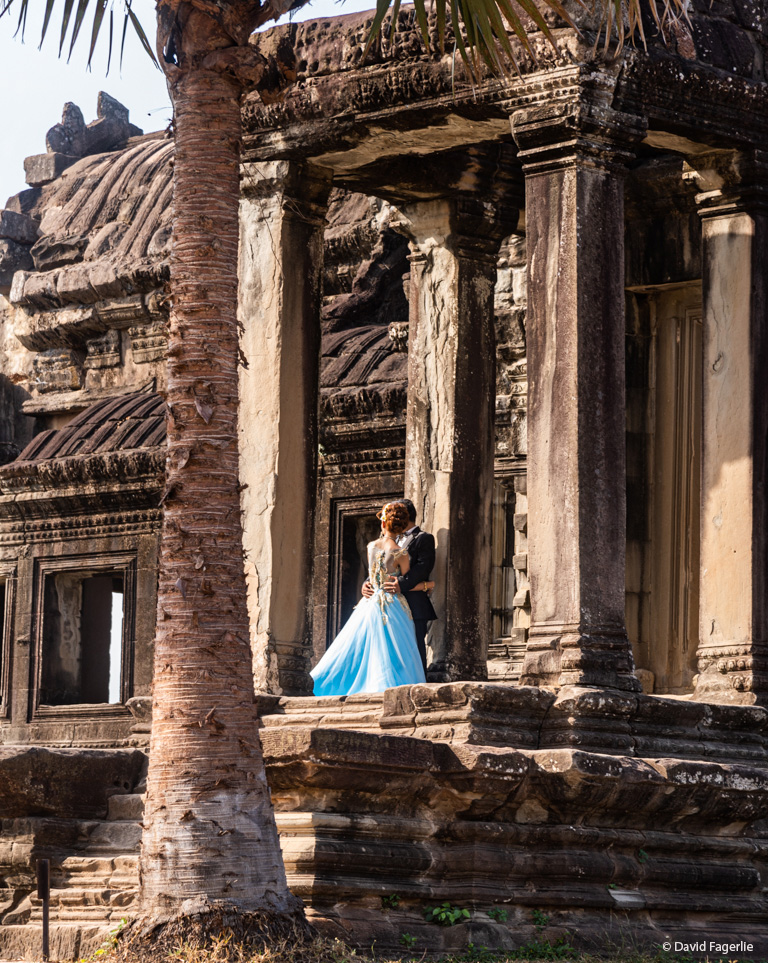
Banteay Srei
A 21 kilometer ride on a tuk tuk from Bayon Temple brought me to Banteay Srei, a Hindu temple built to honor the god Shiva. Banteay Srei is older than Angkor Wat, commissioned by a brahman, not a king, in 967 CE. Banteay Srei means “Citadel of the Woman.” It is believed women constructed the temple, bolstered by the suggestion that the intricate carvings could not have been done by a man’s larger hands. This small temple made of pink-colored stone completely captivated me (and my camera) for hours. What do you think?

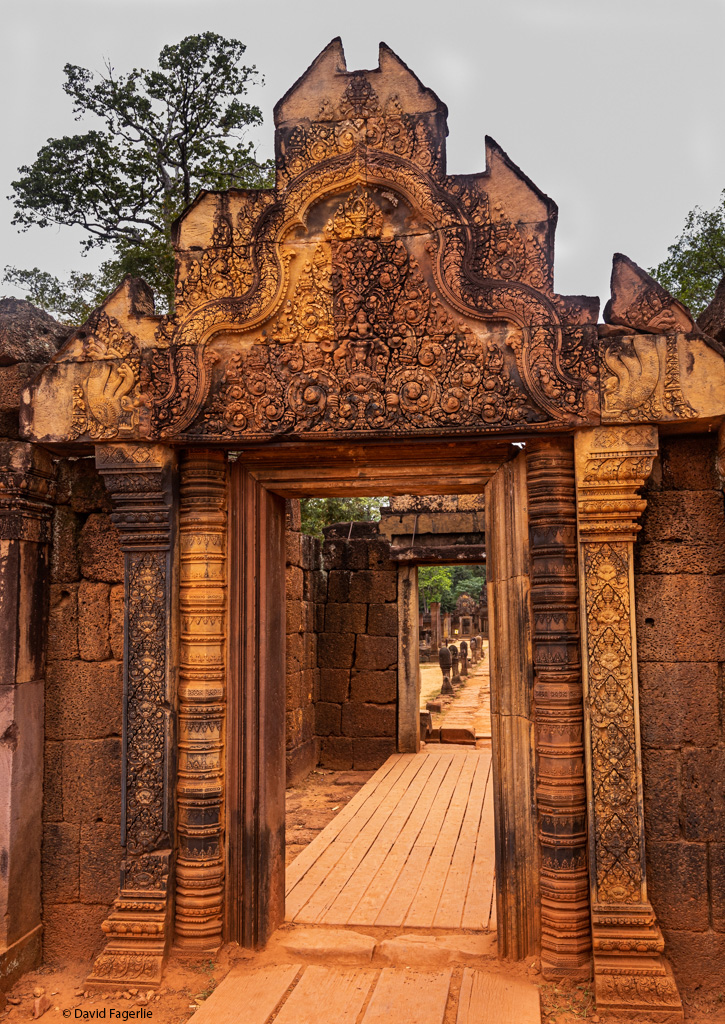
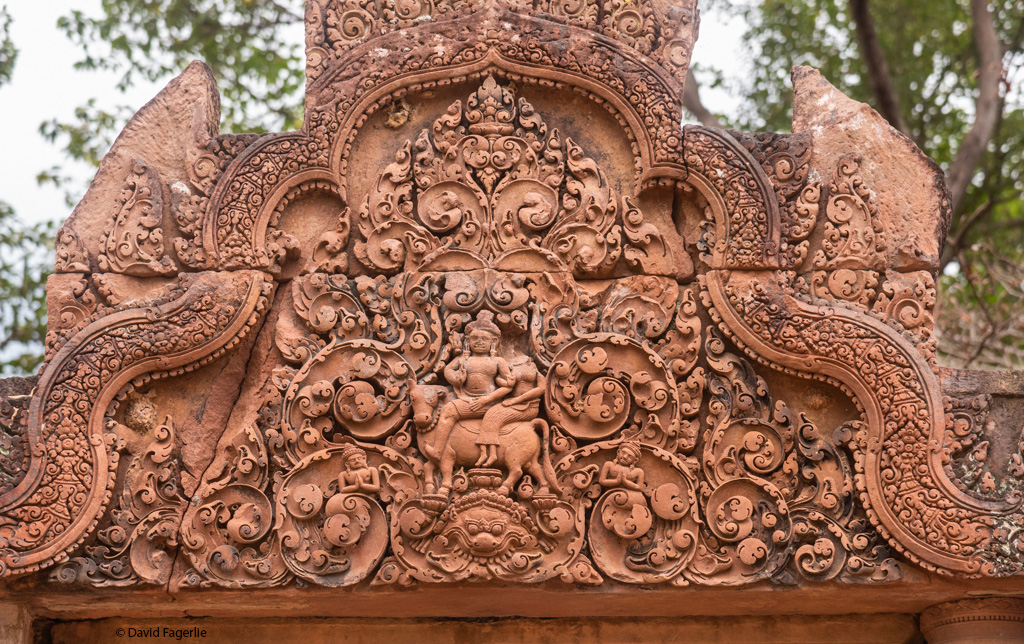
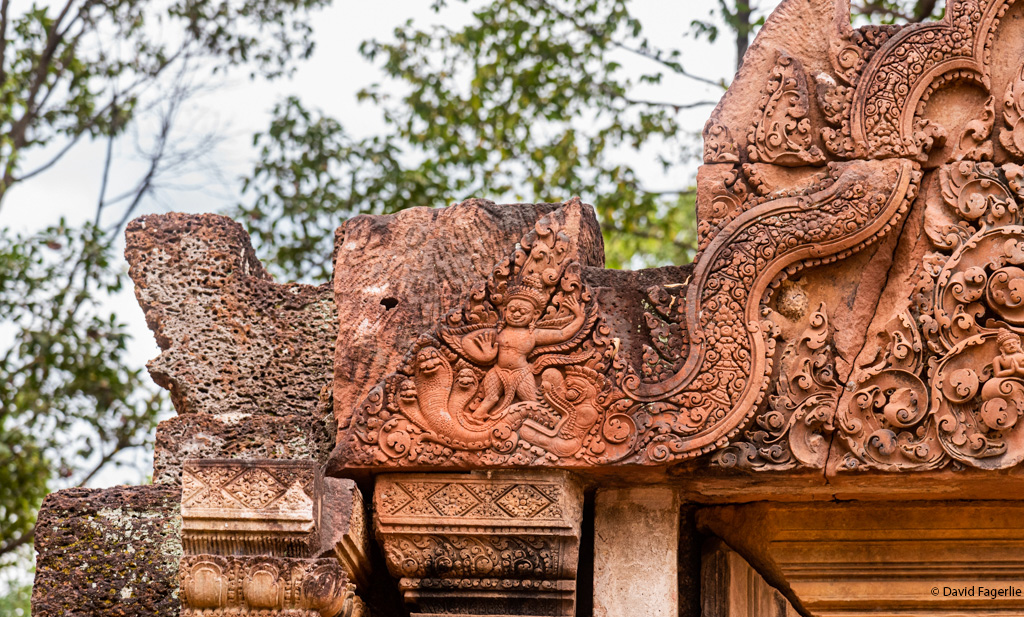
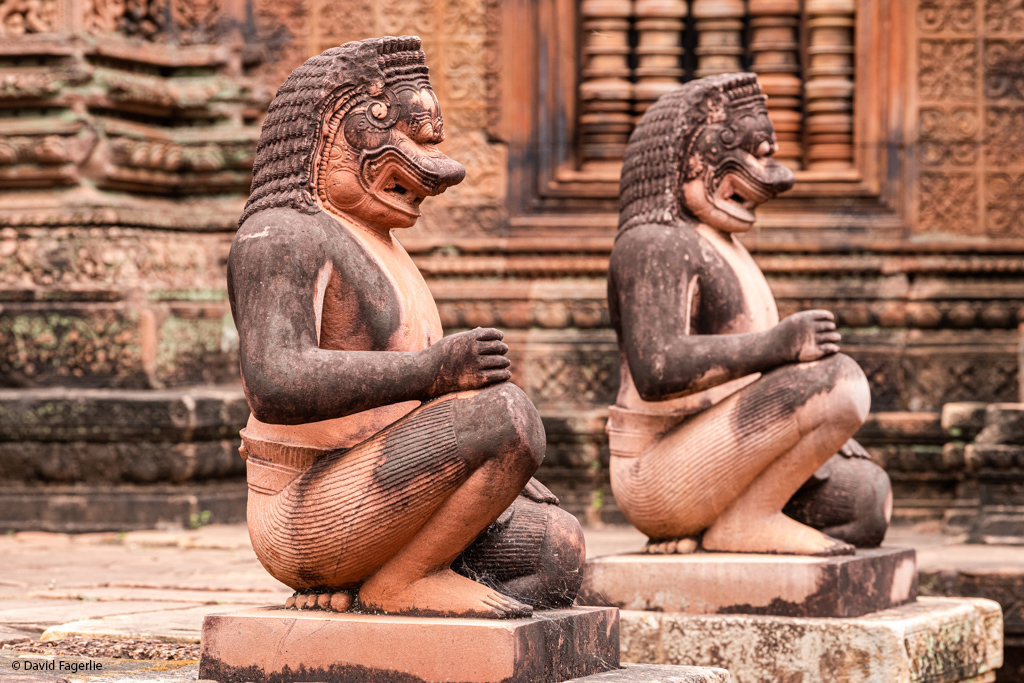
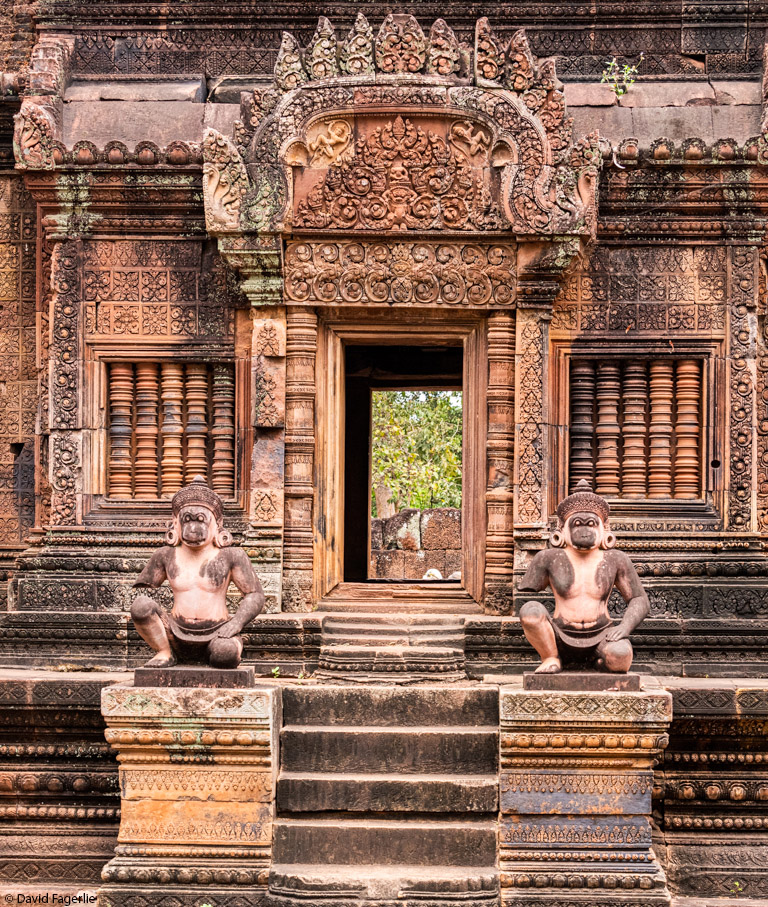
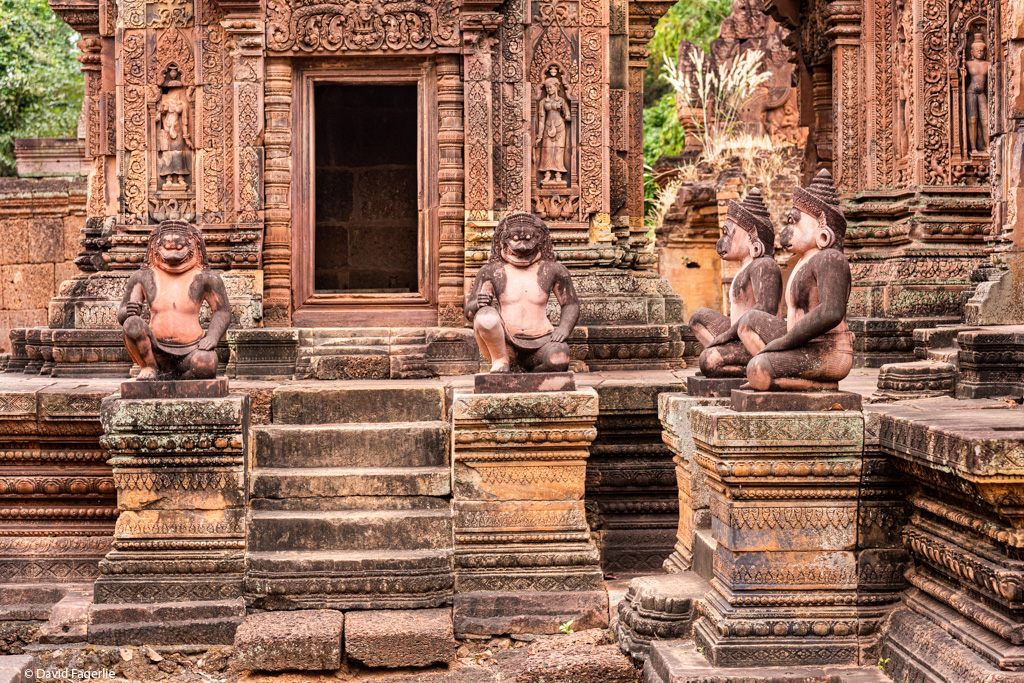
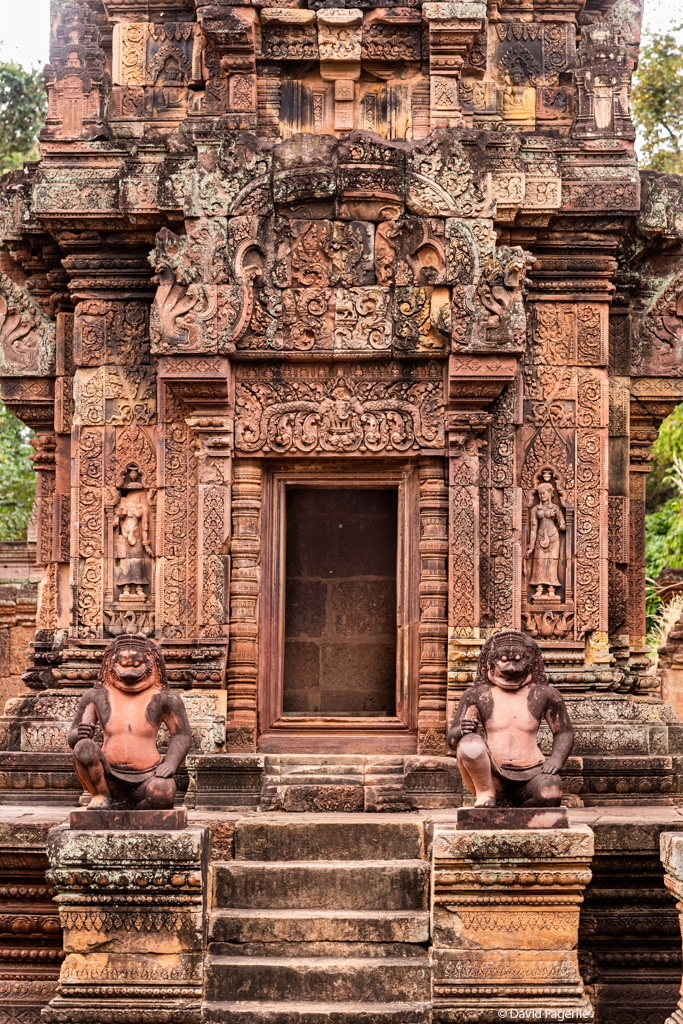
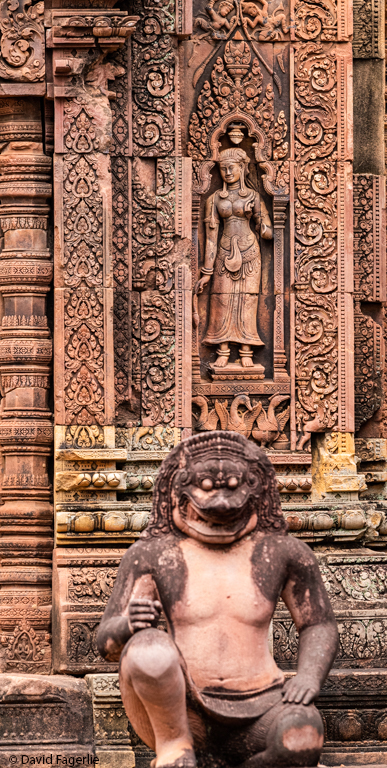
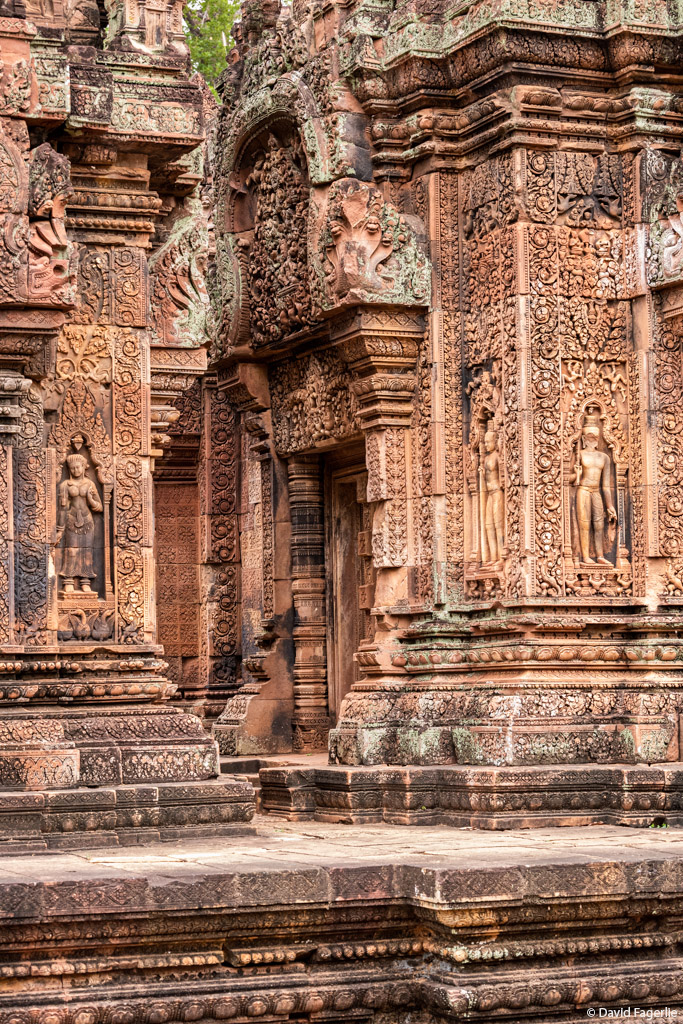
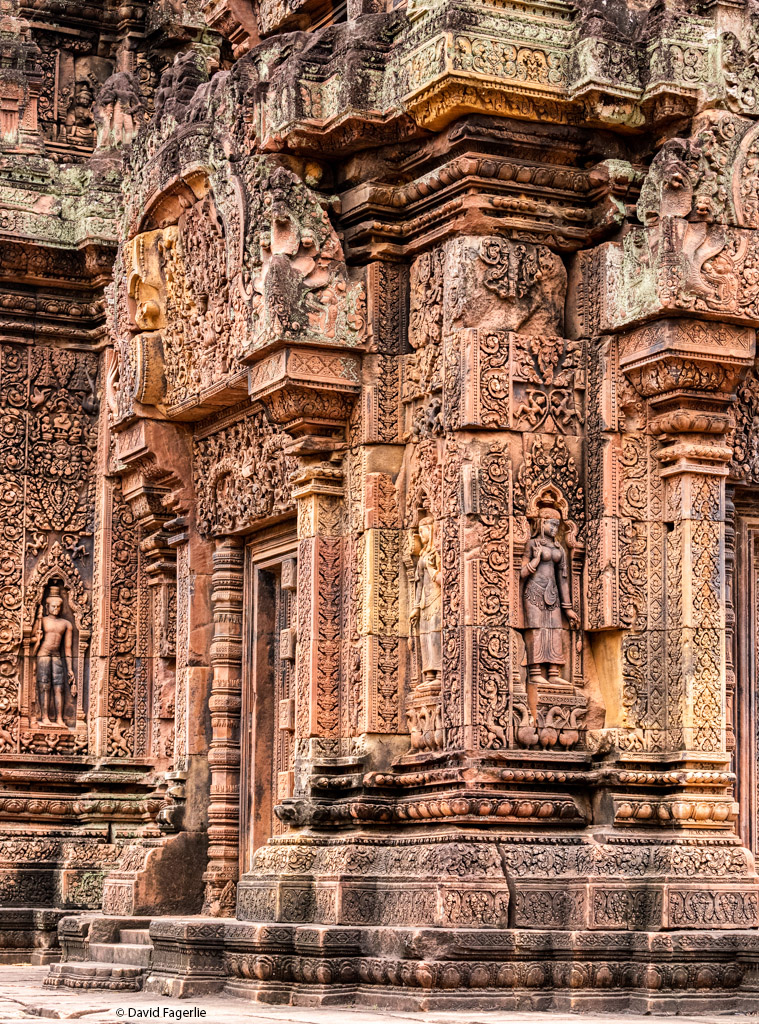
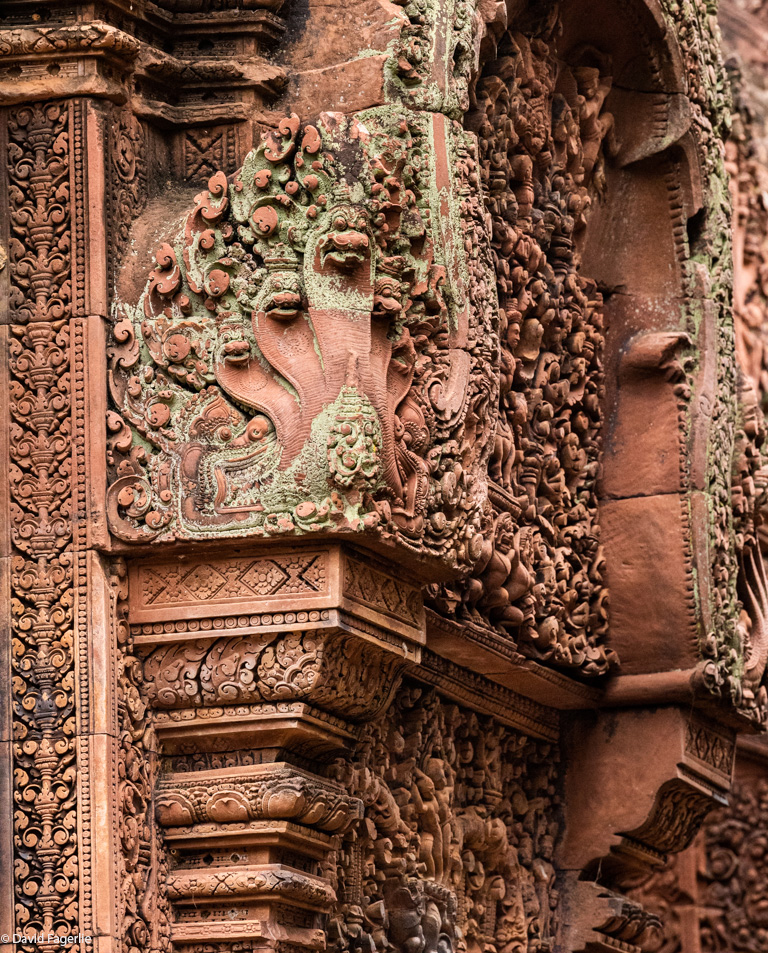
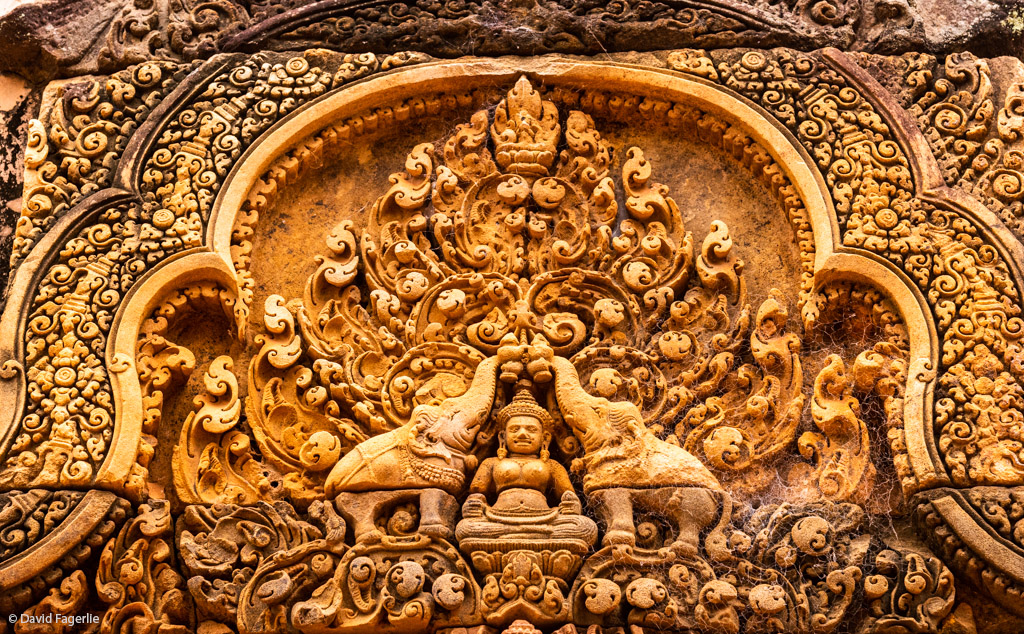

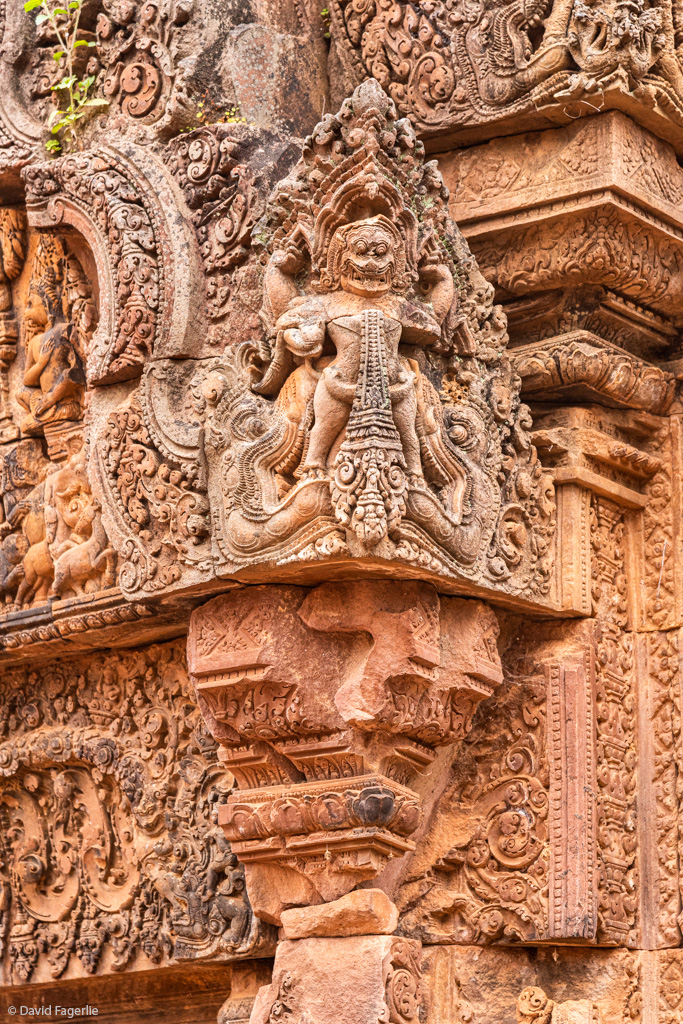
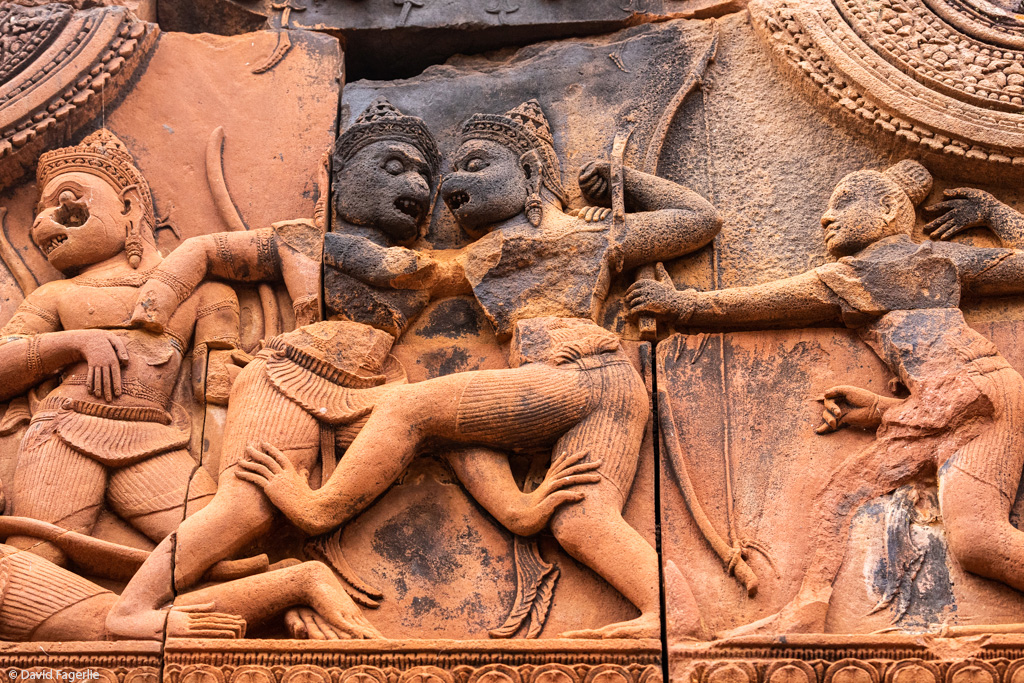
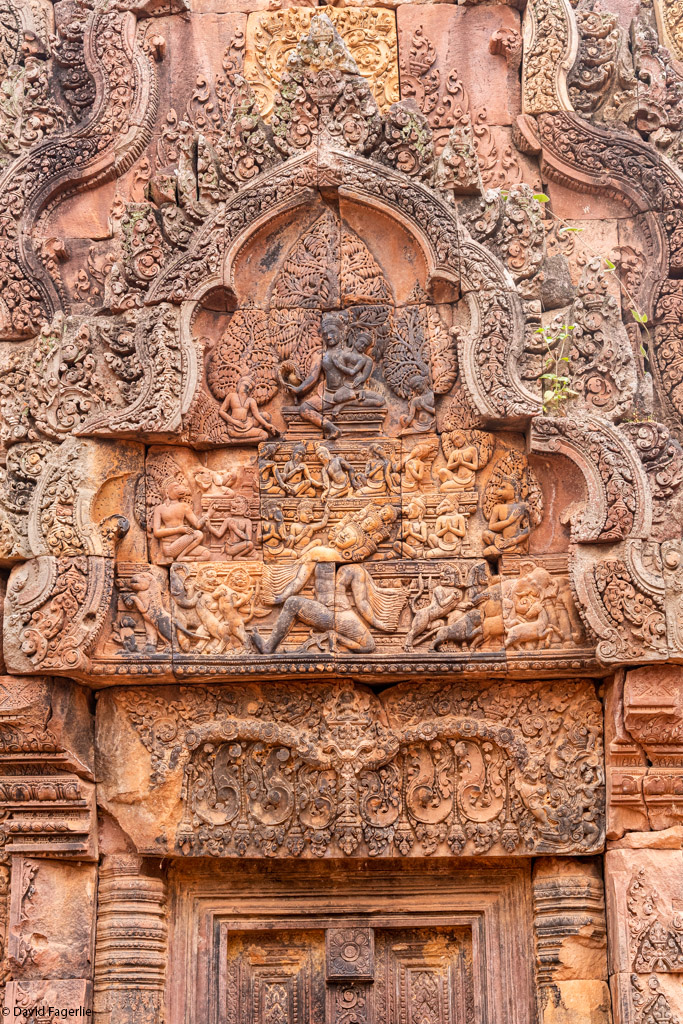
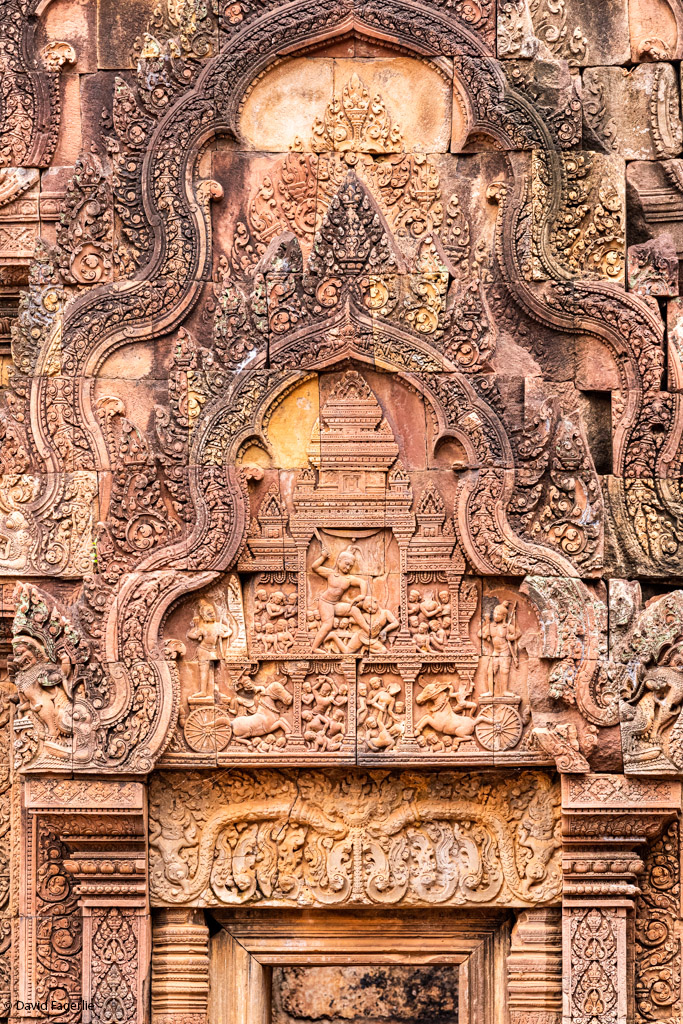
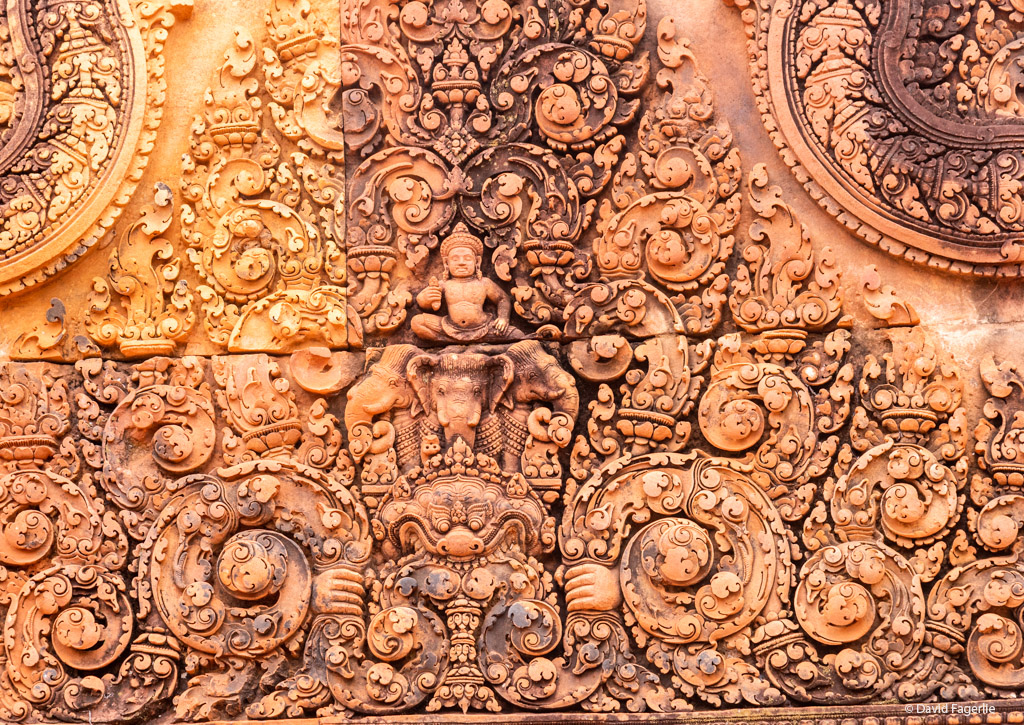


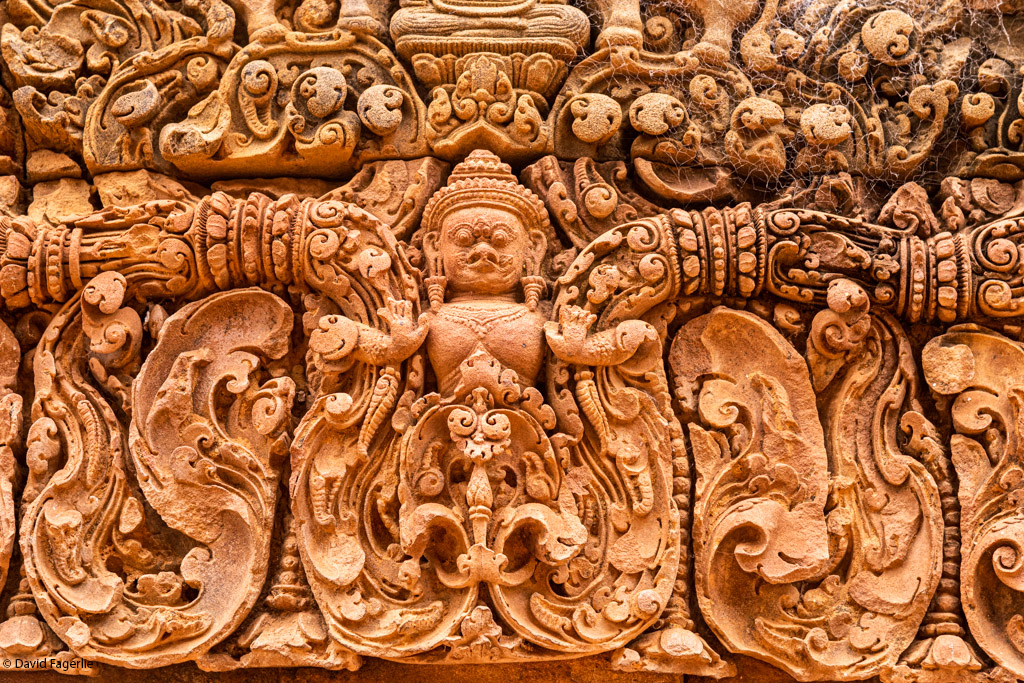
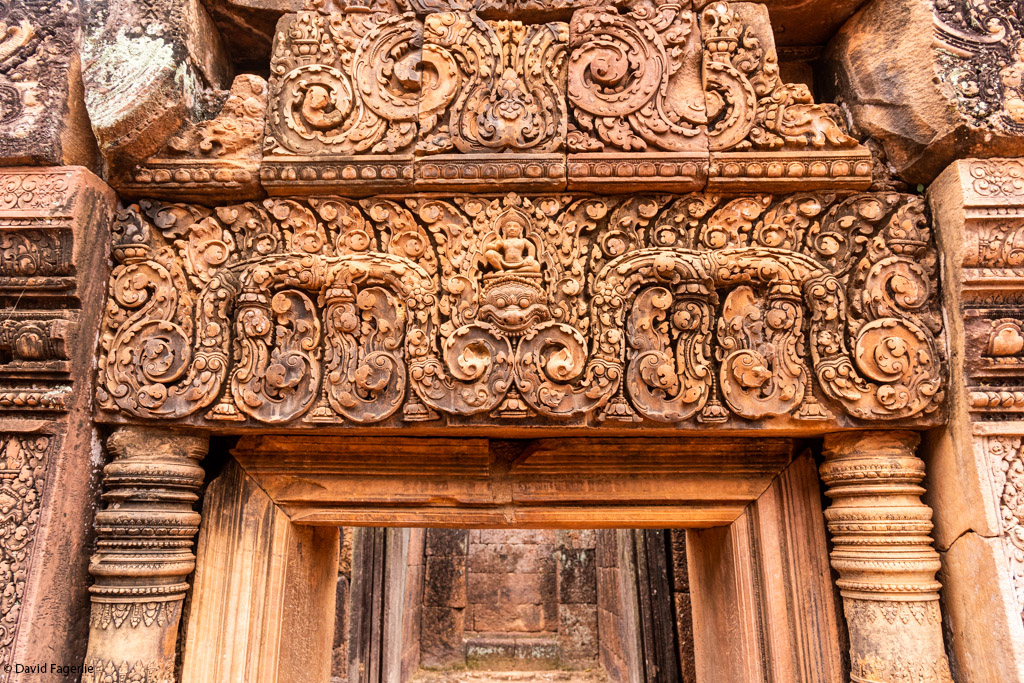

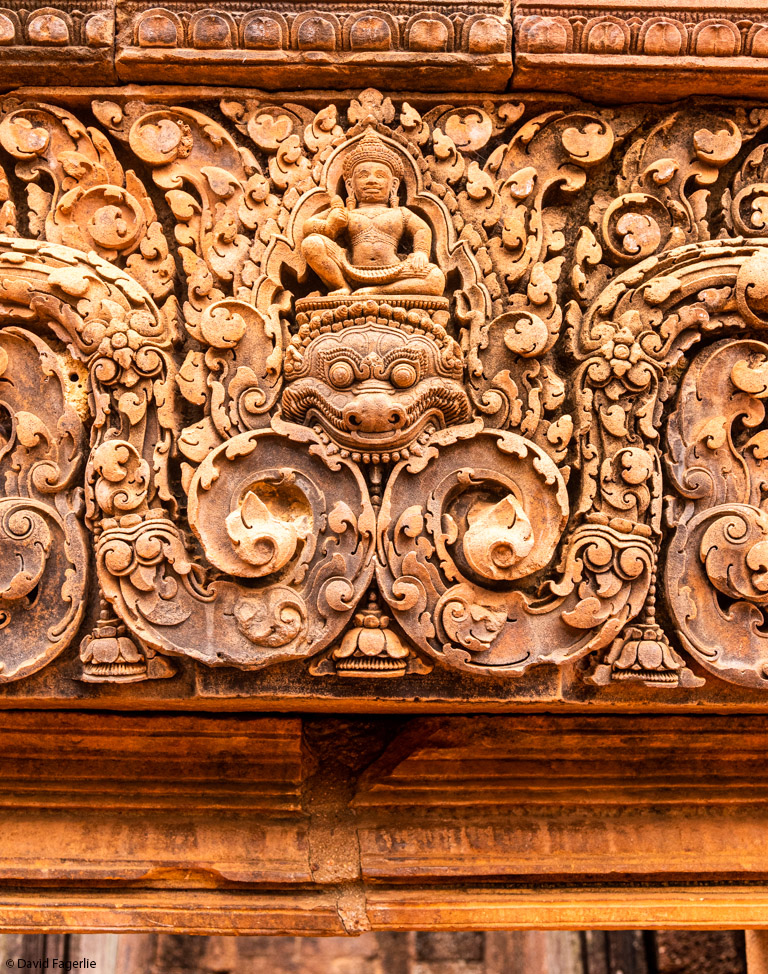
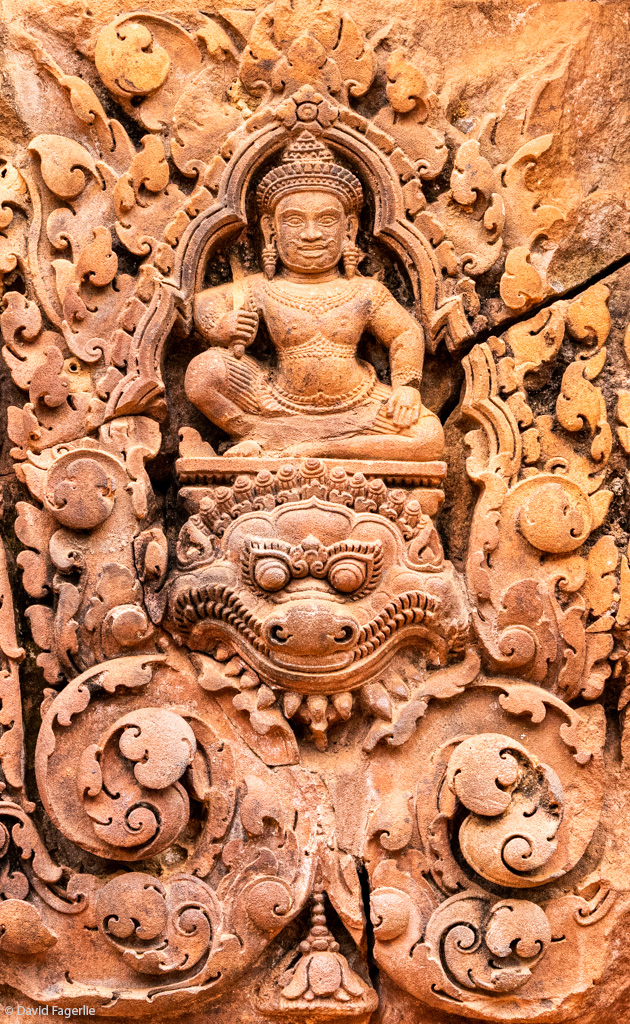
Cambodia's Motorcycle Culture
I close out Part 3: Cambodia, with some shots of the Cambodian motorcycle culture. The first photo is of a gas station.
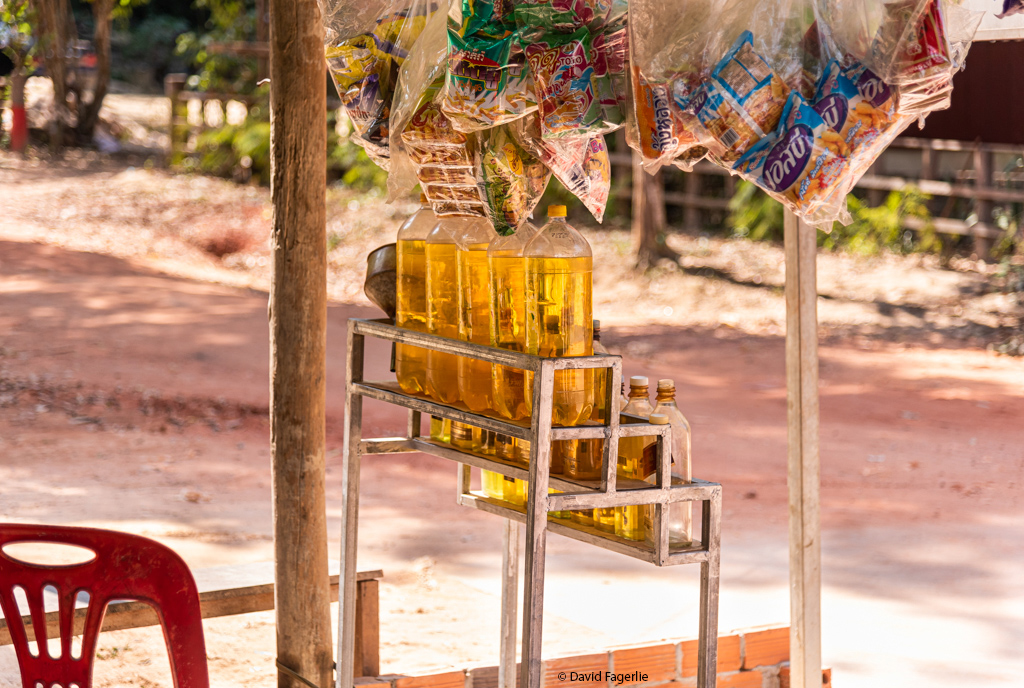
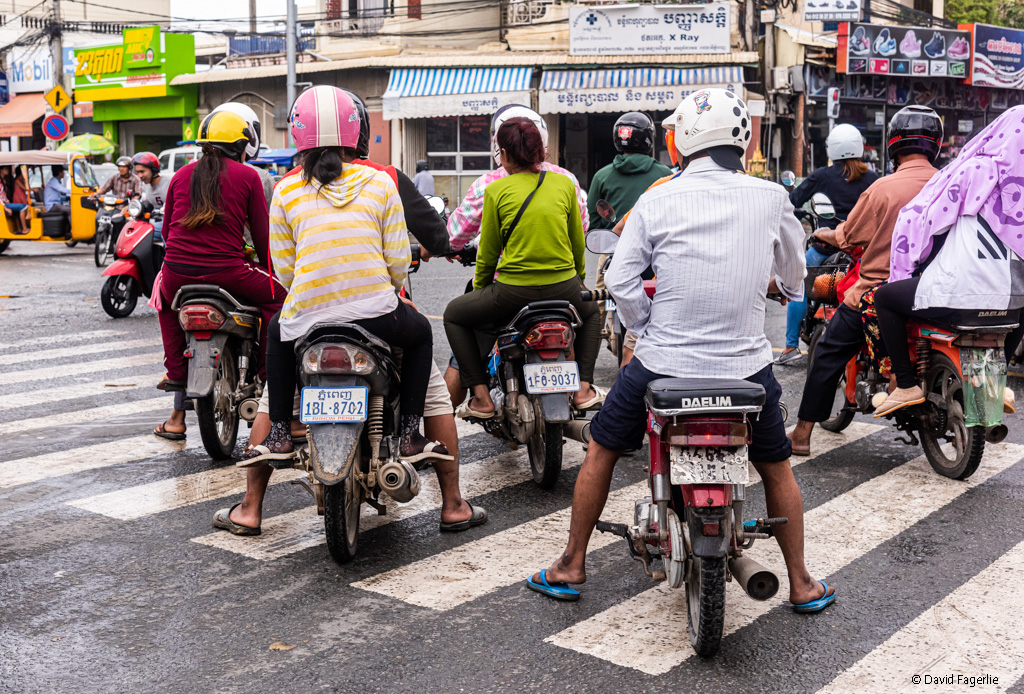
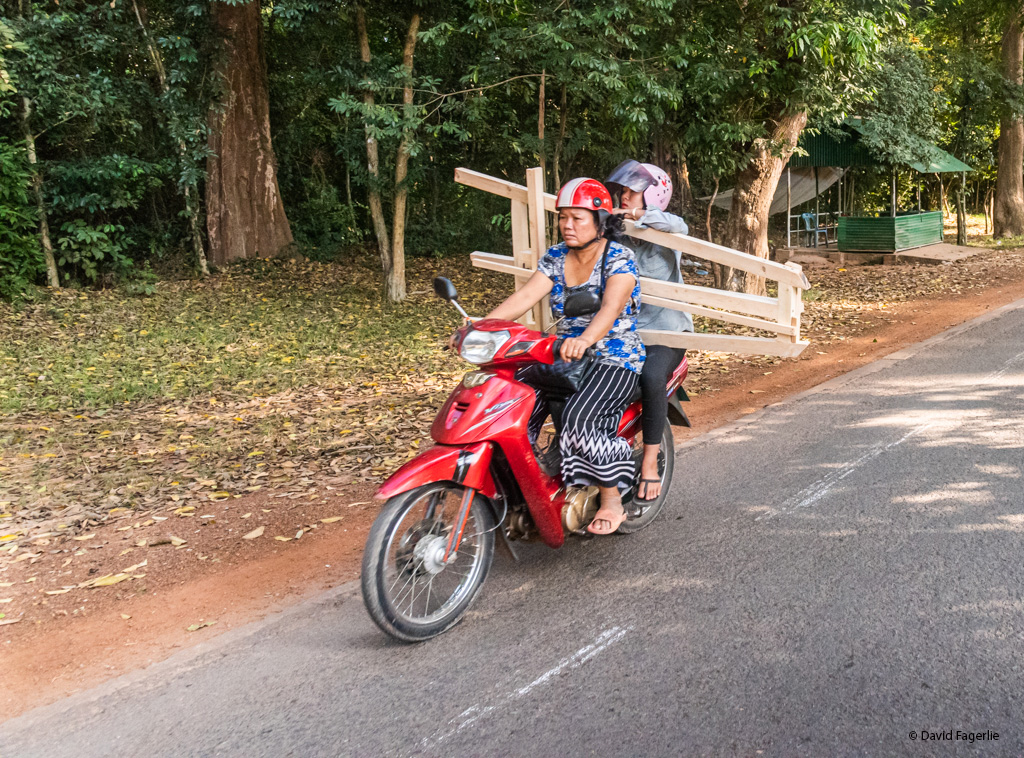
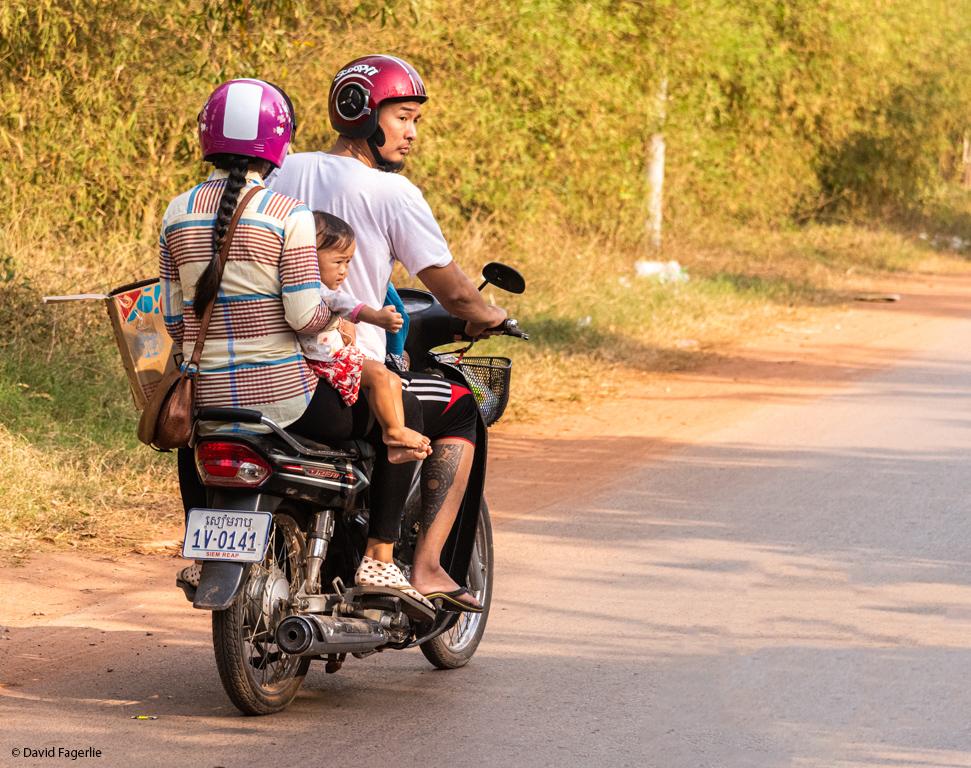
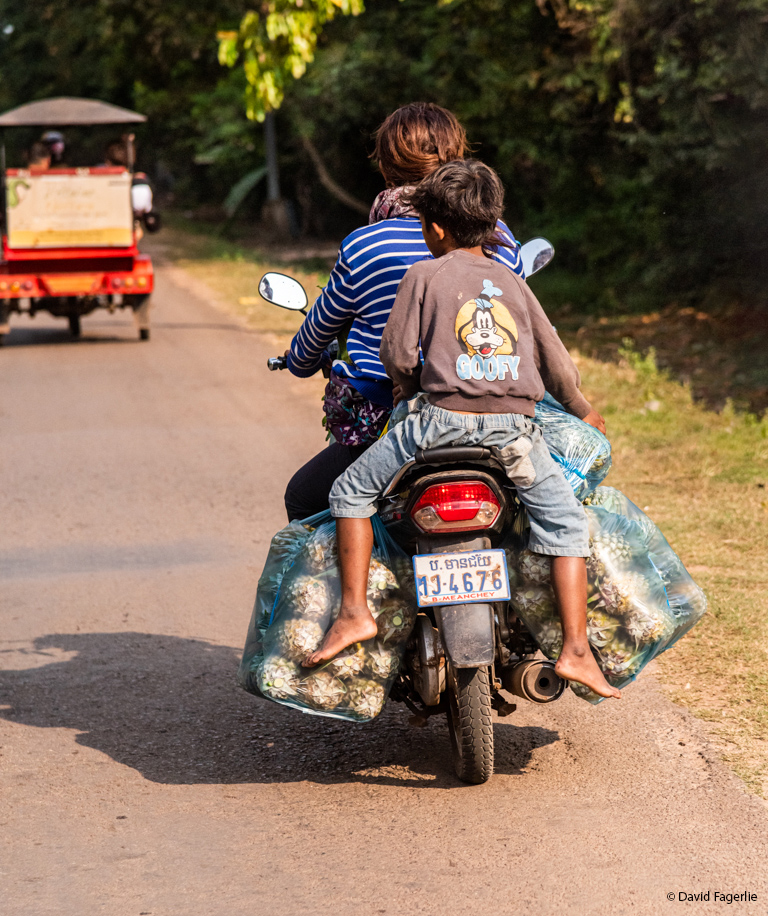
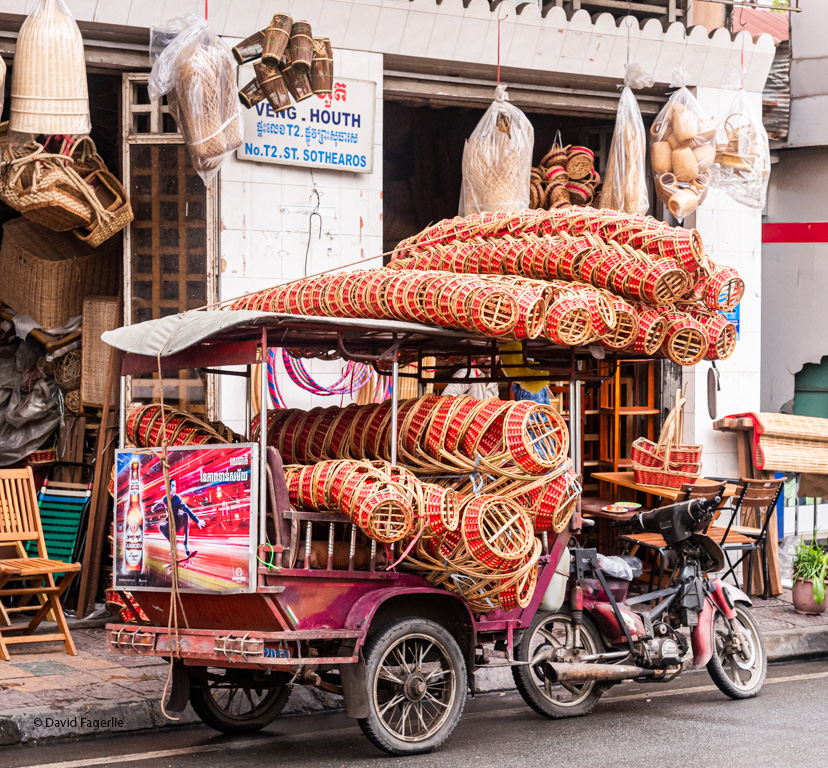
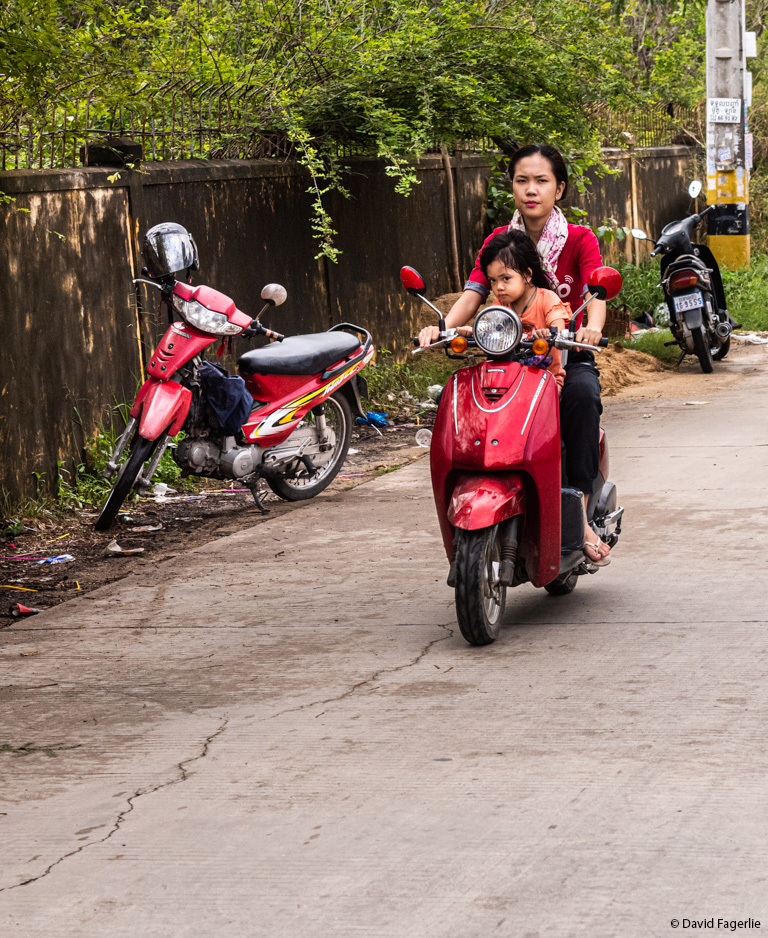
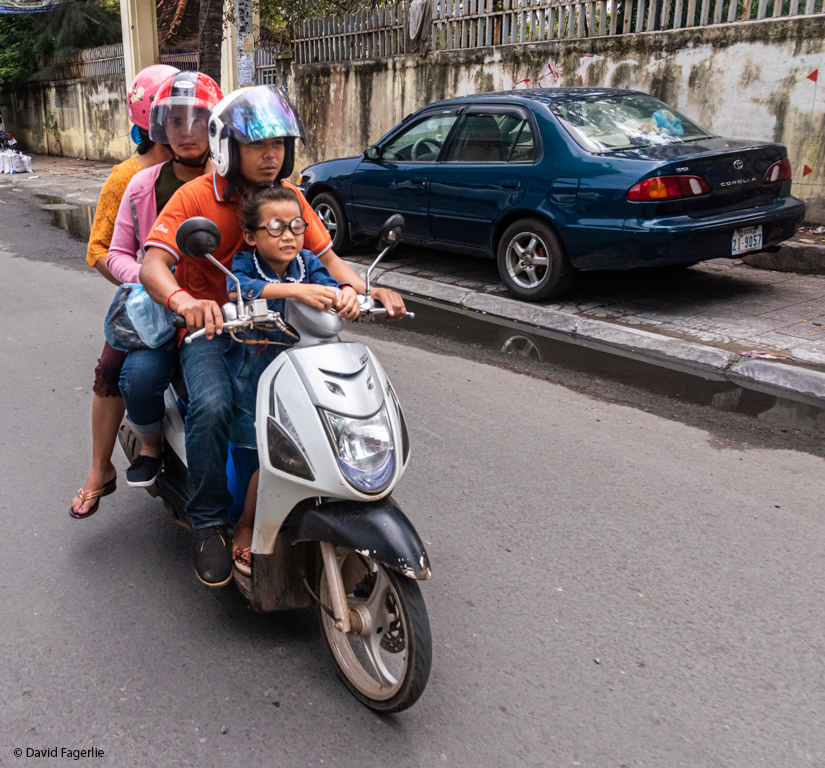
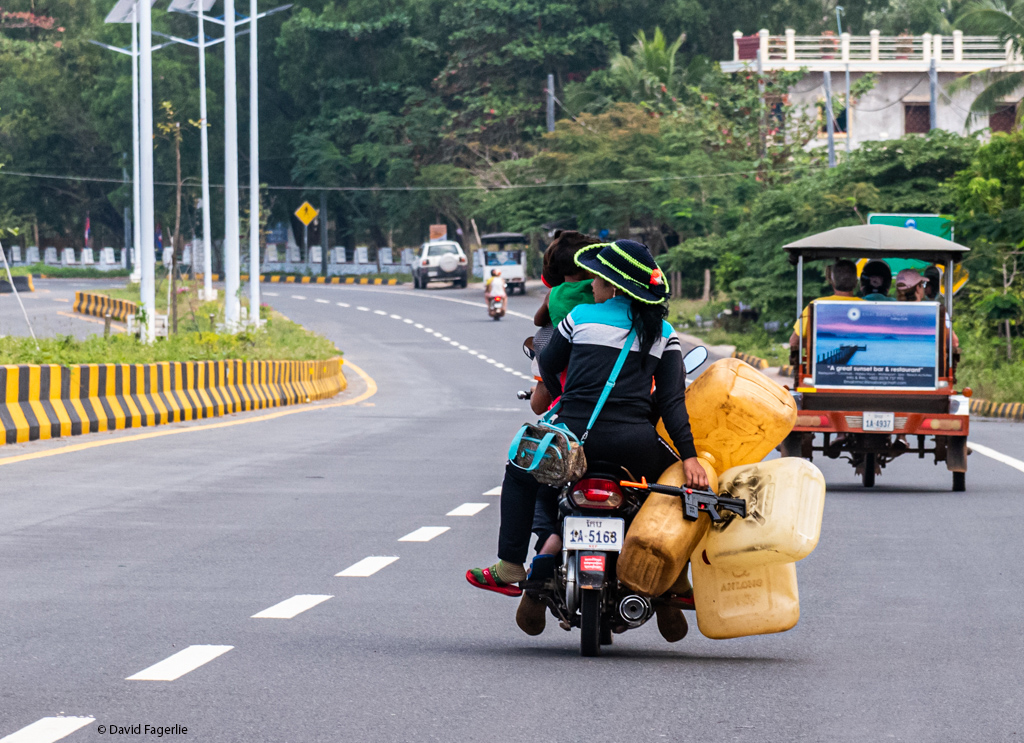
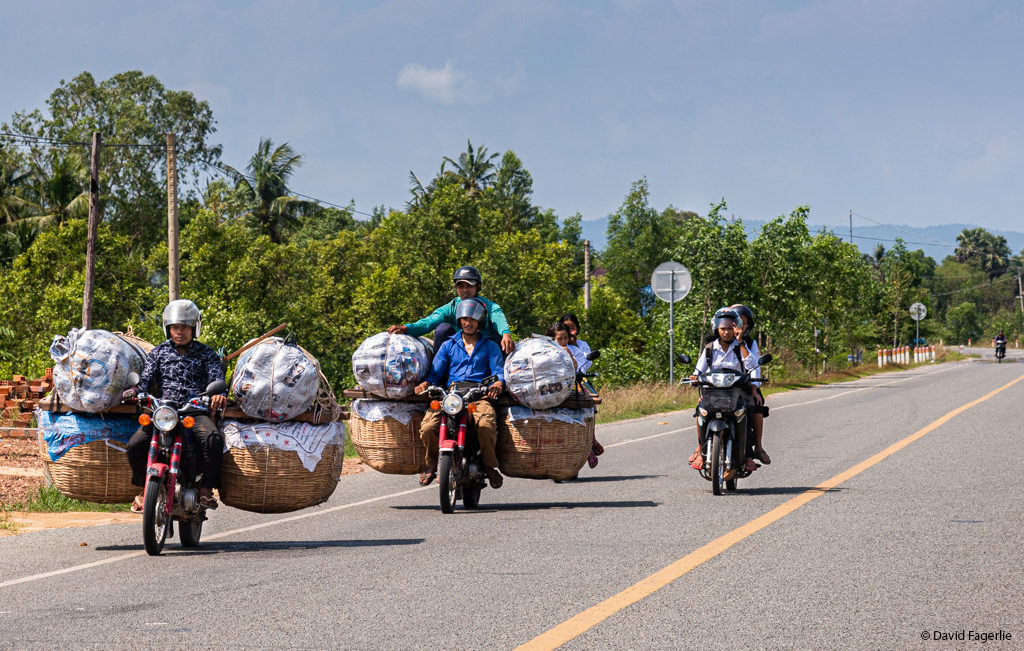

As always, a higher resolution slide show of these images is available in Galleries. You can access the gallery for this chapter directly by clicking HERE.
Next Monday we start Devotion – Part 4. We are traveling to Italy.
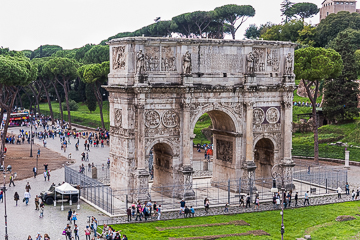

November 28, 2020
Chapter 1: Roman Forum
We start our travel in Italy at the root of it all – Rome.